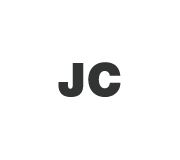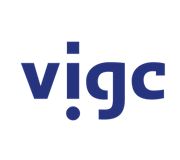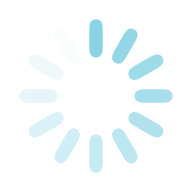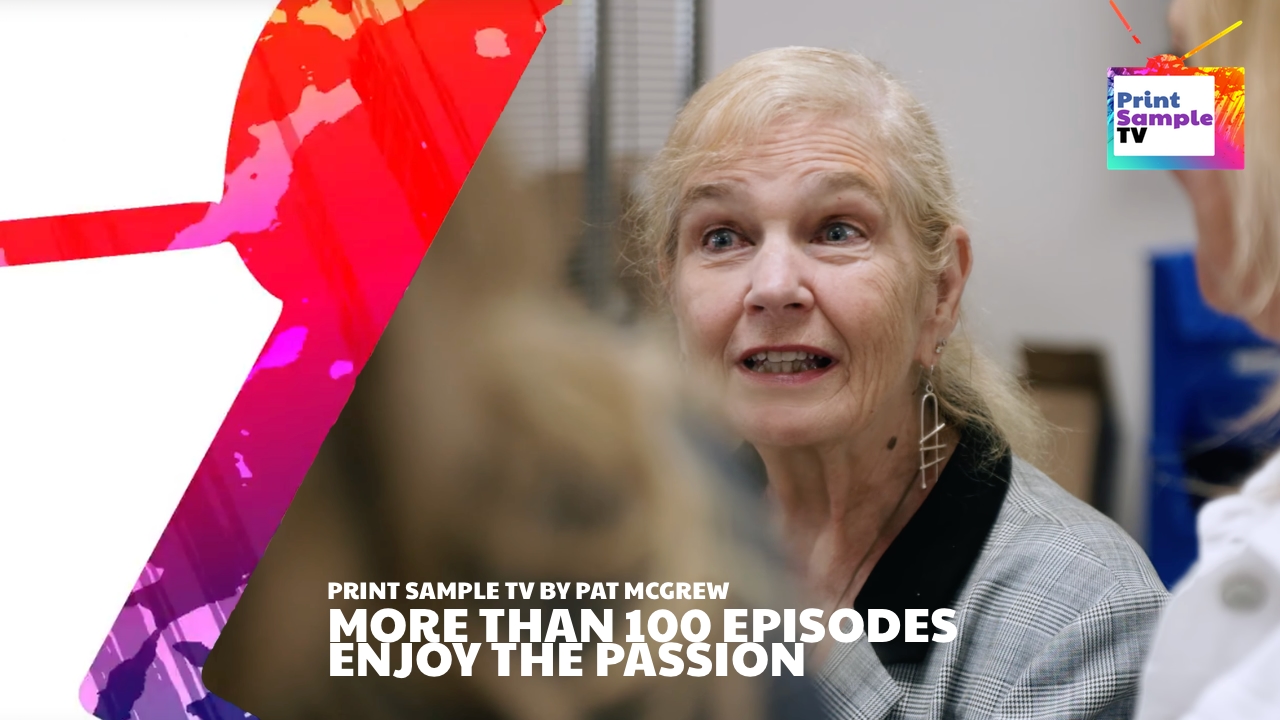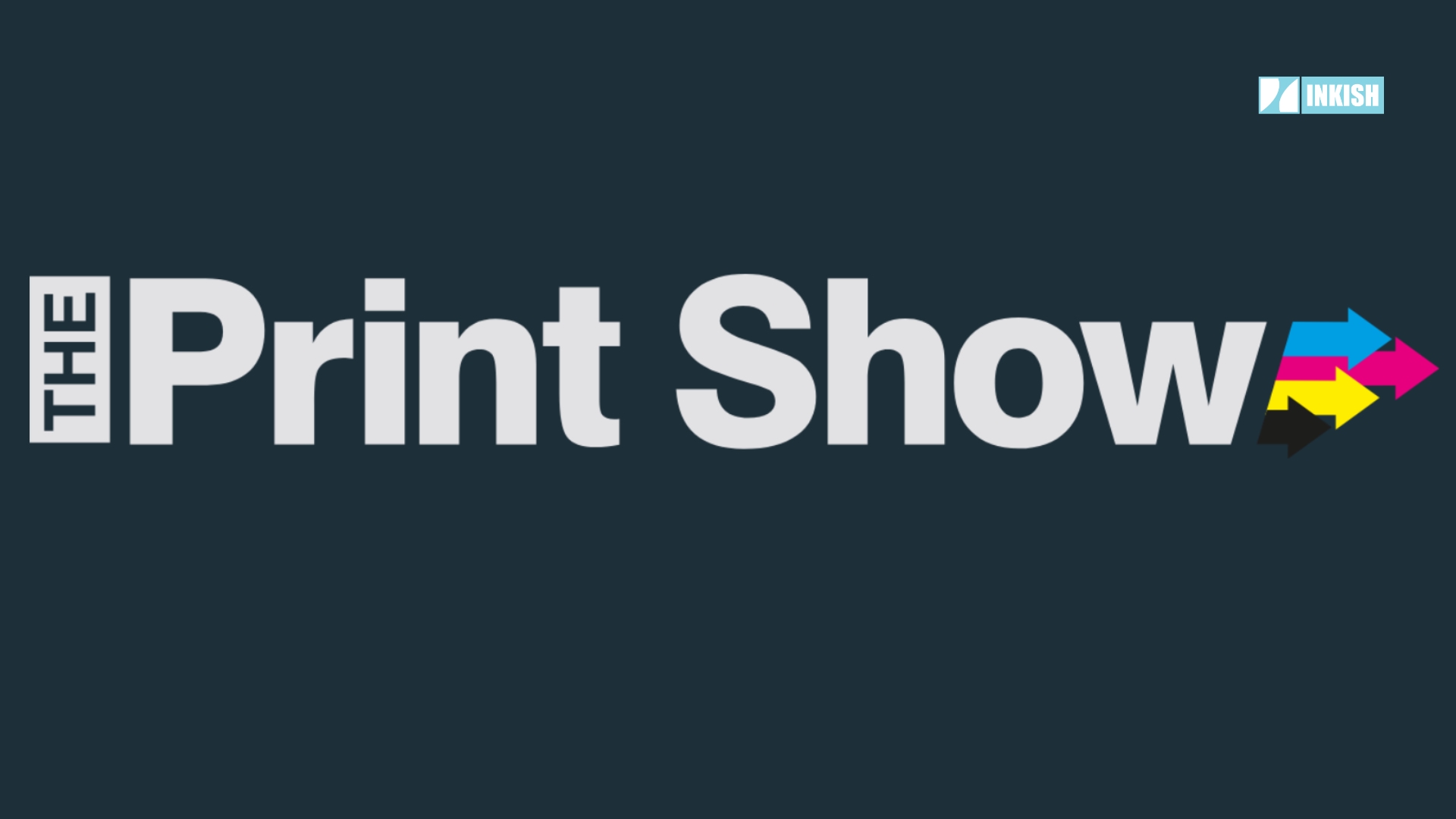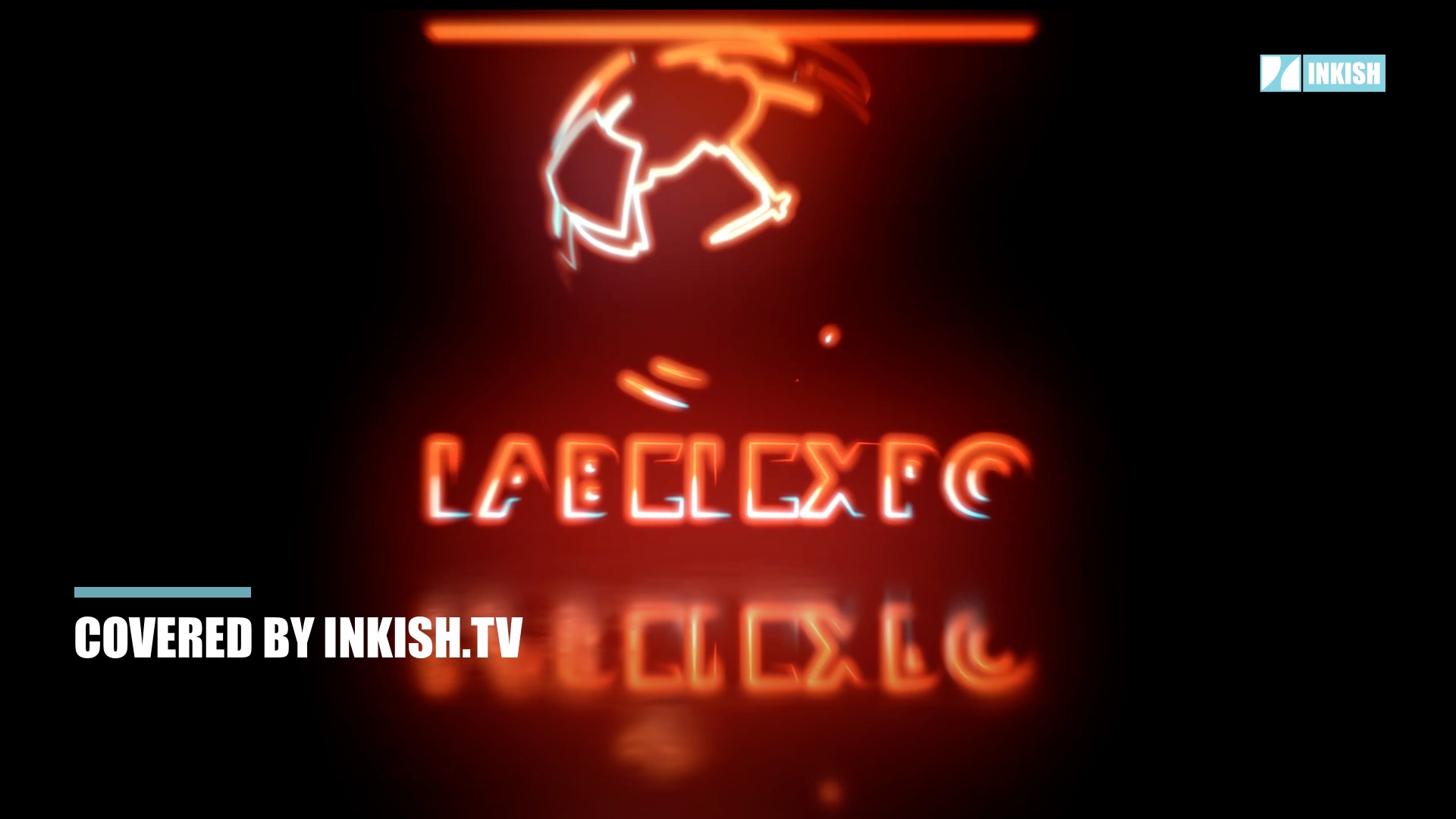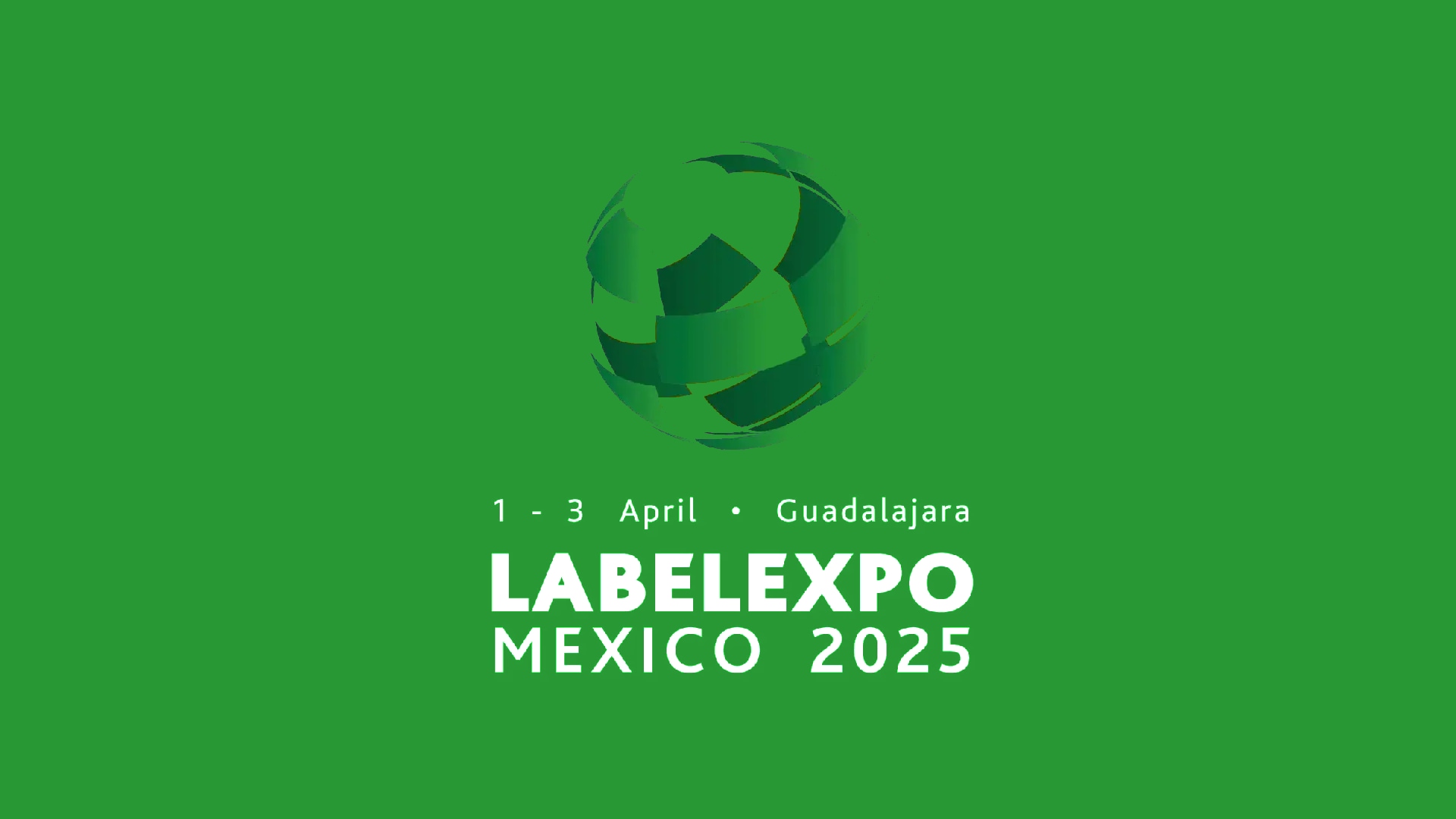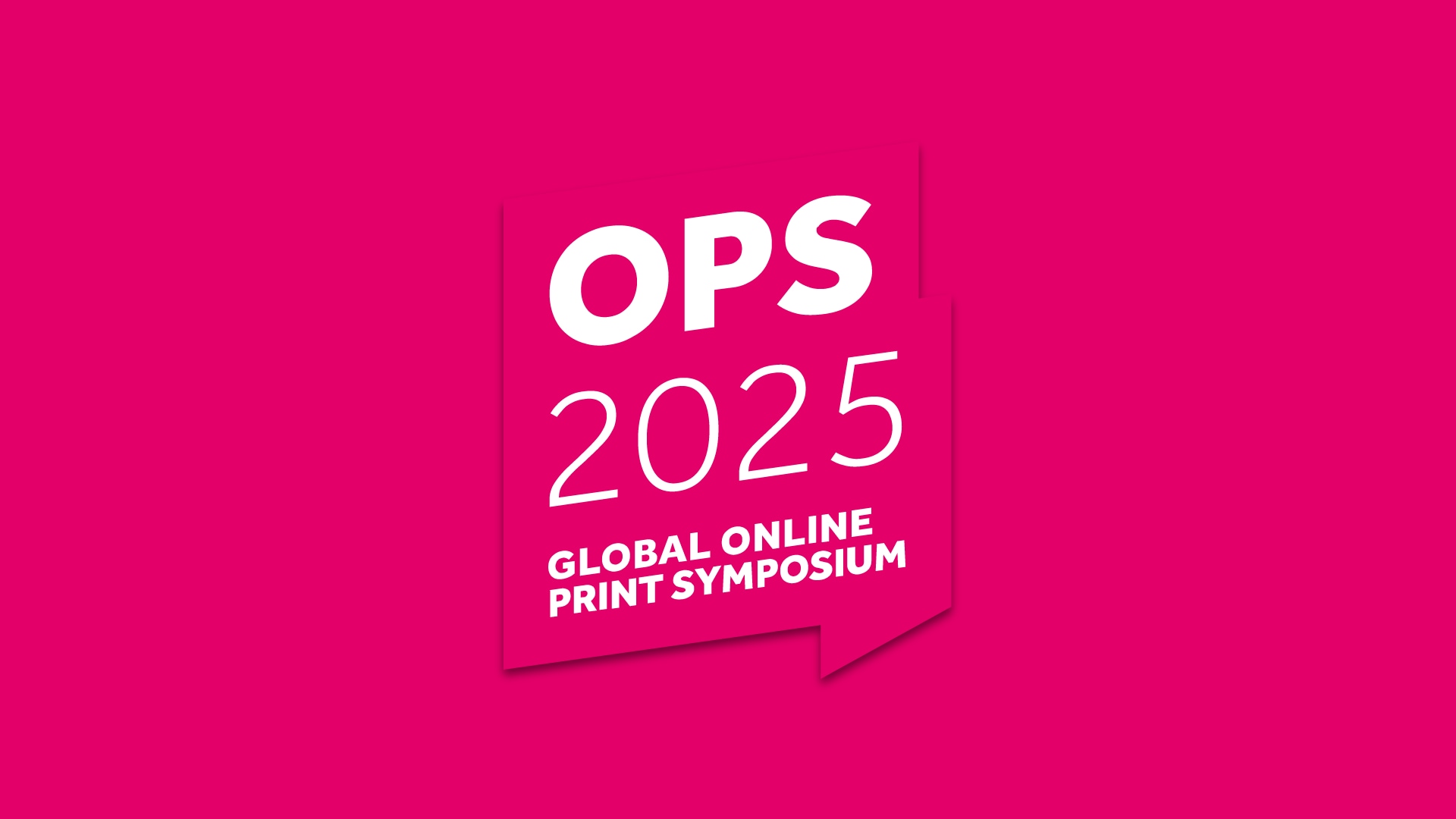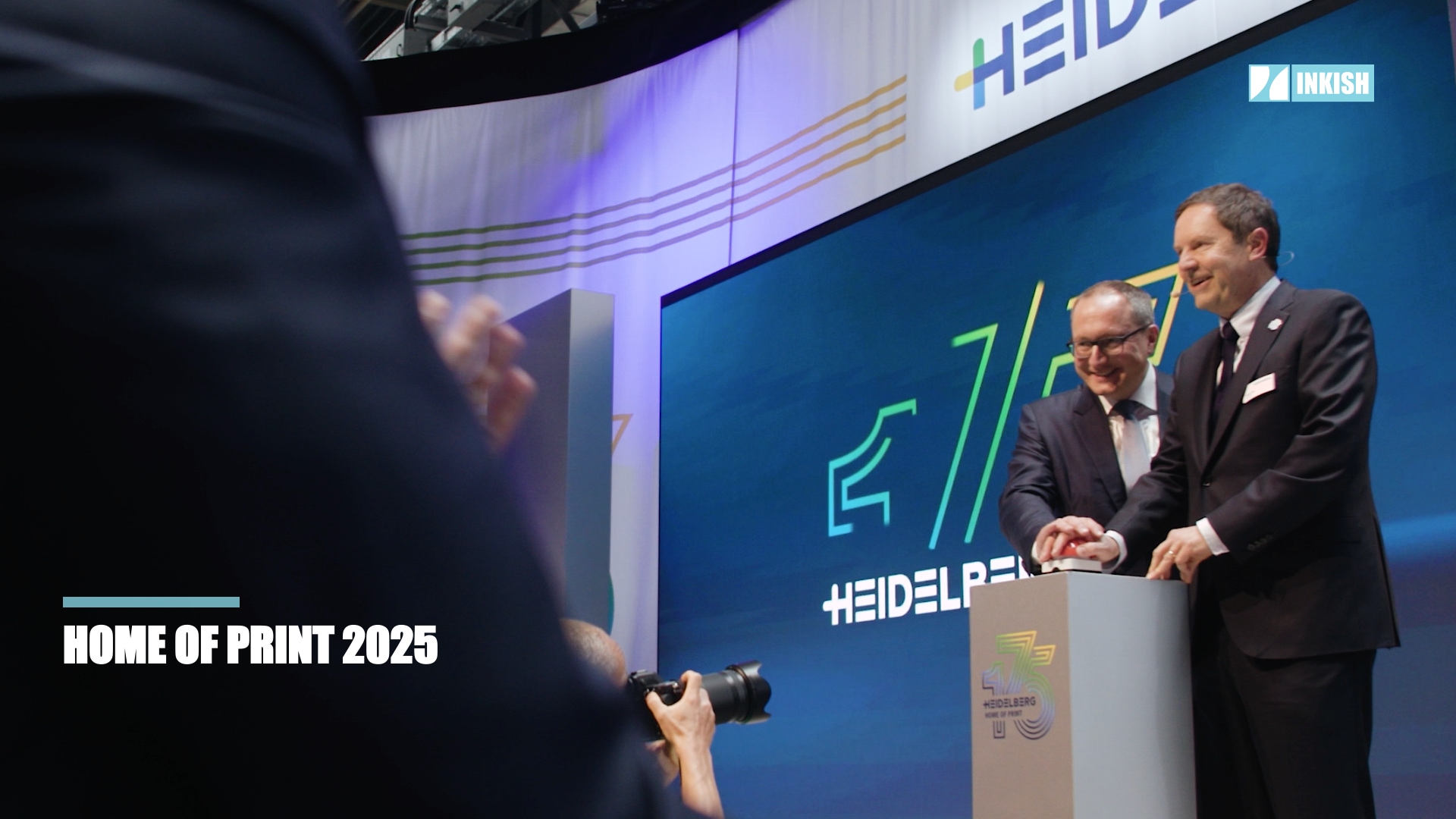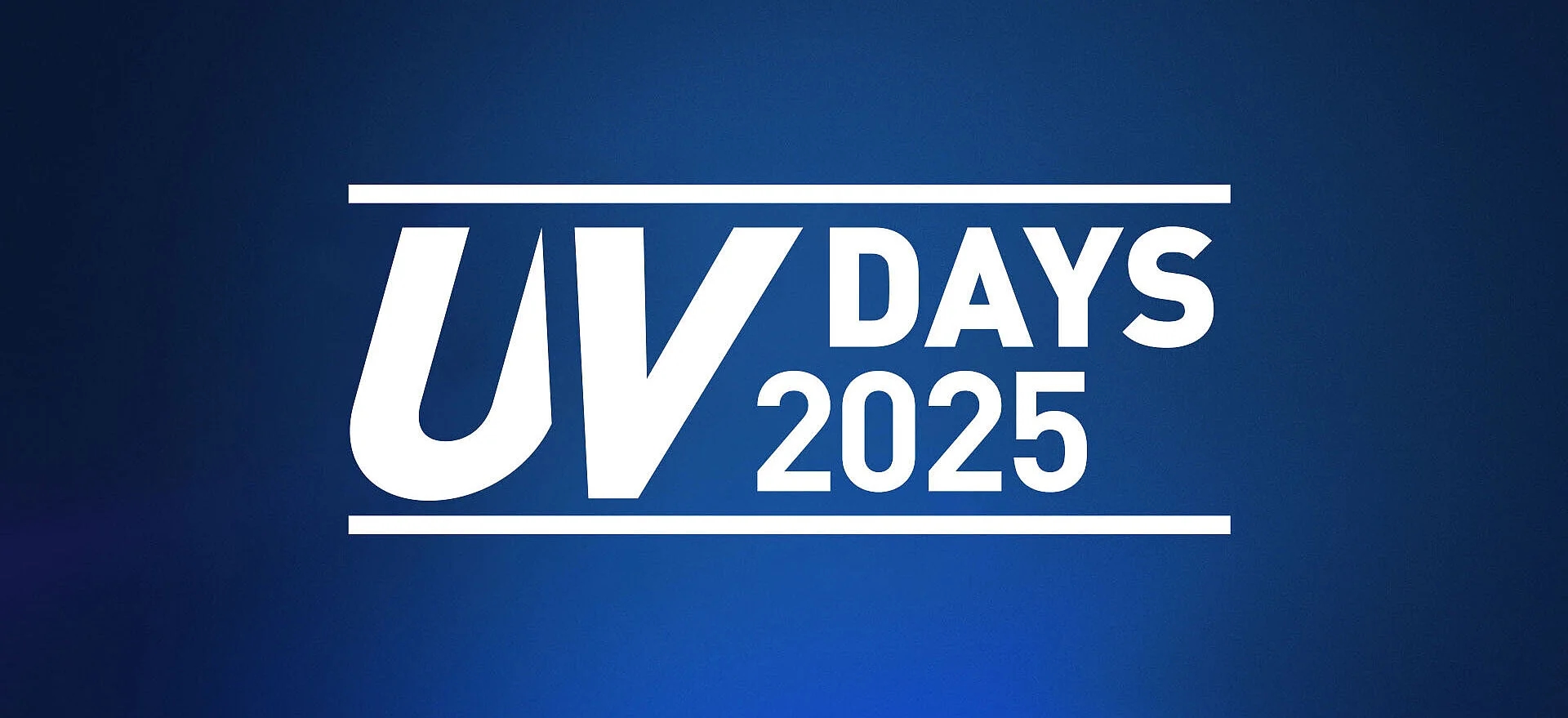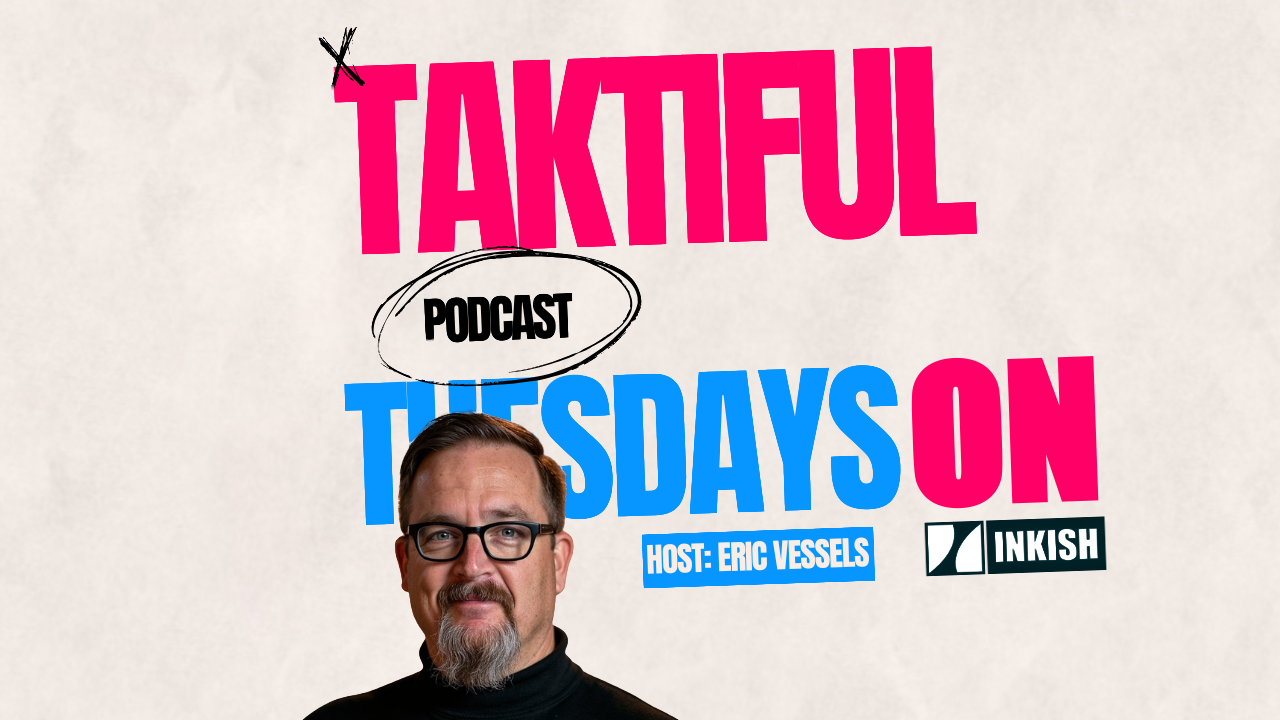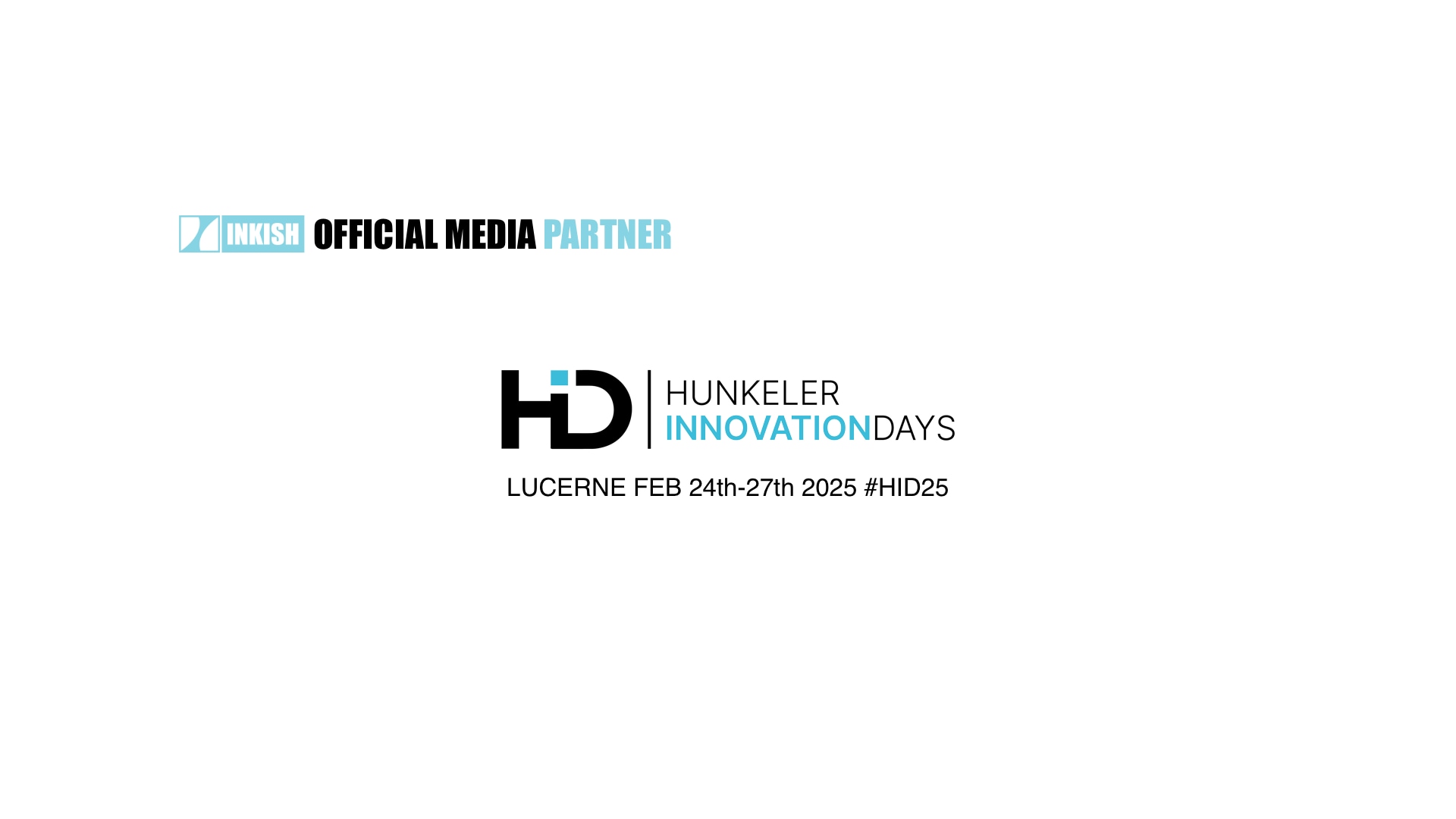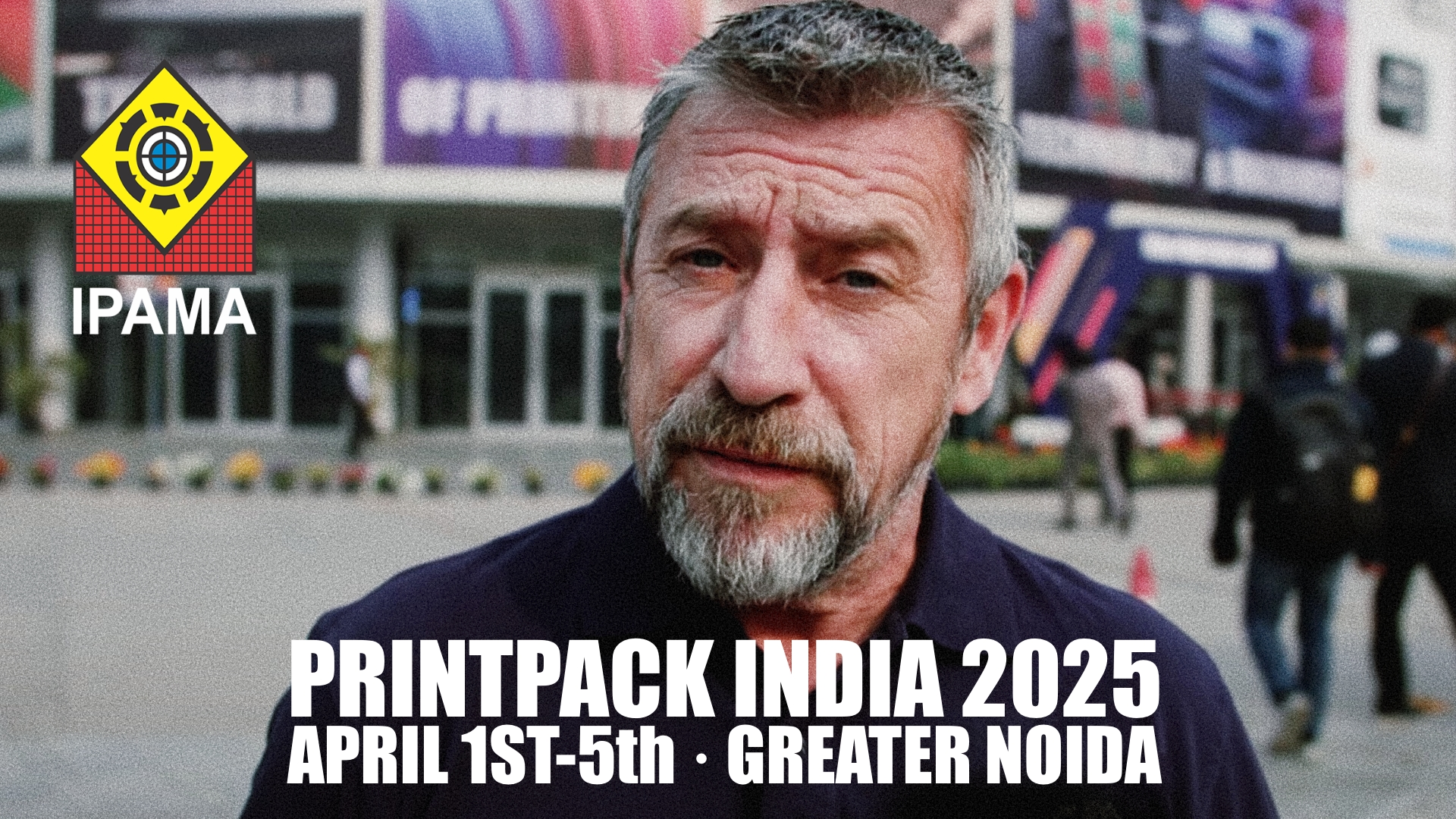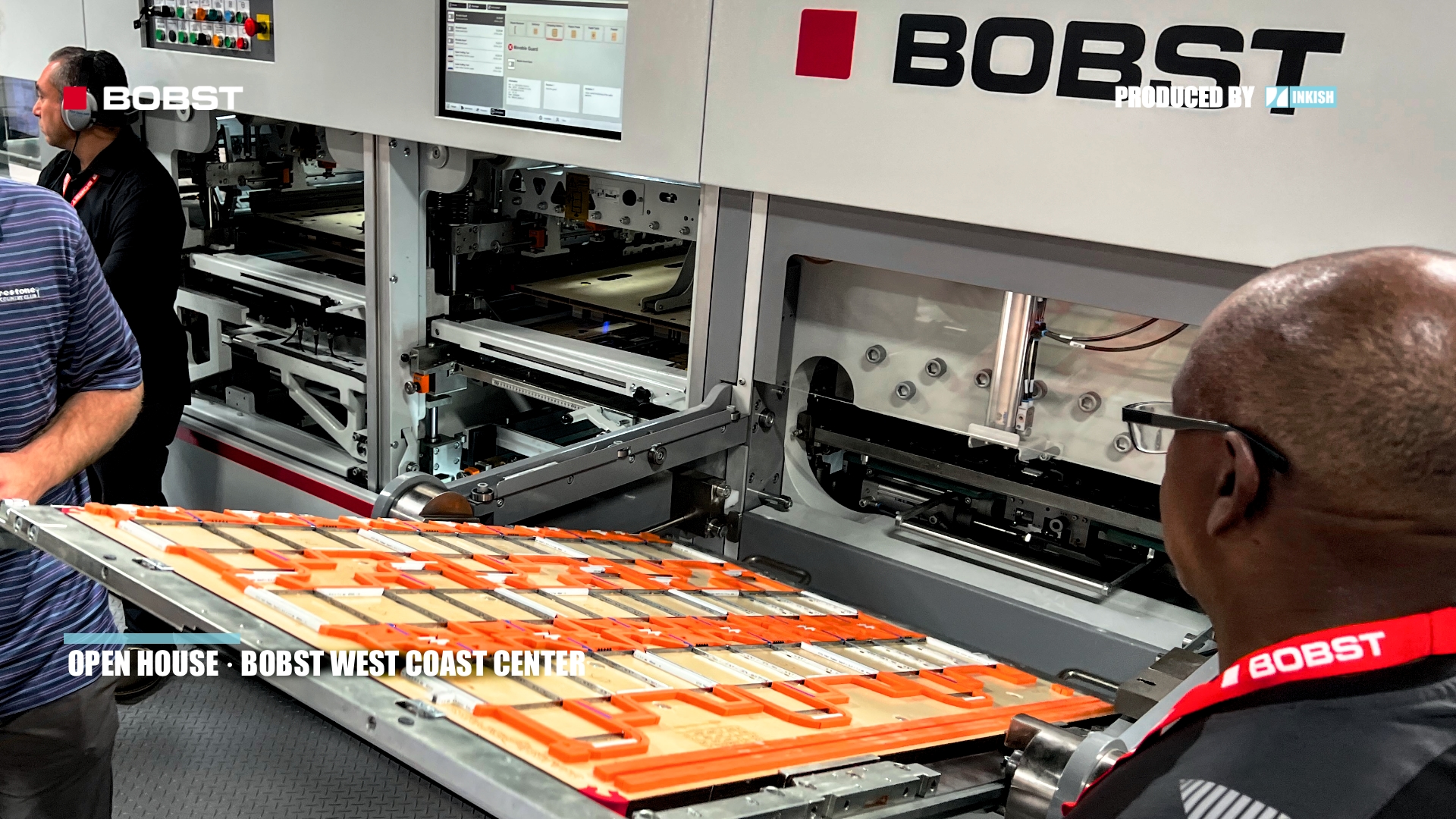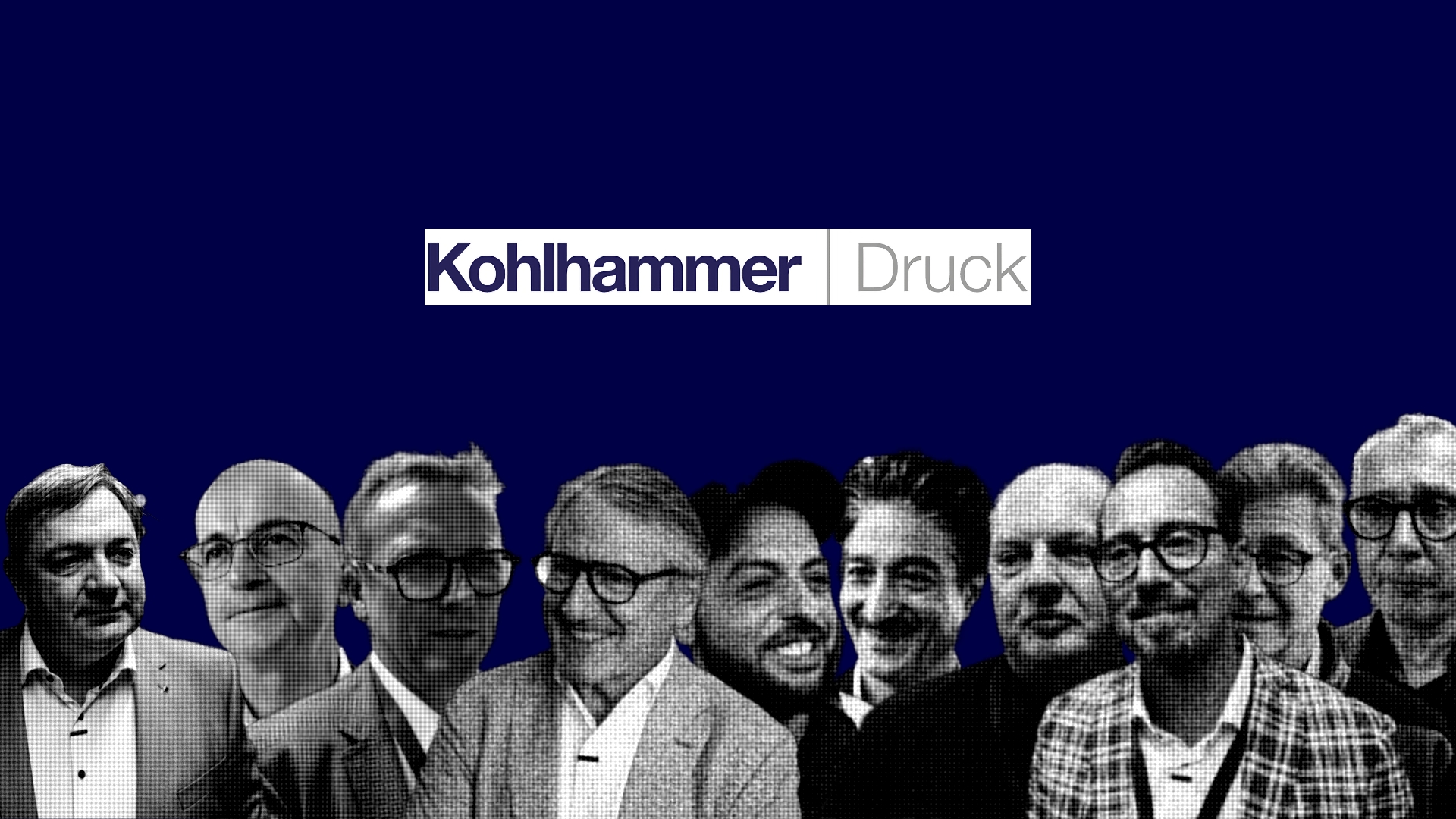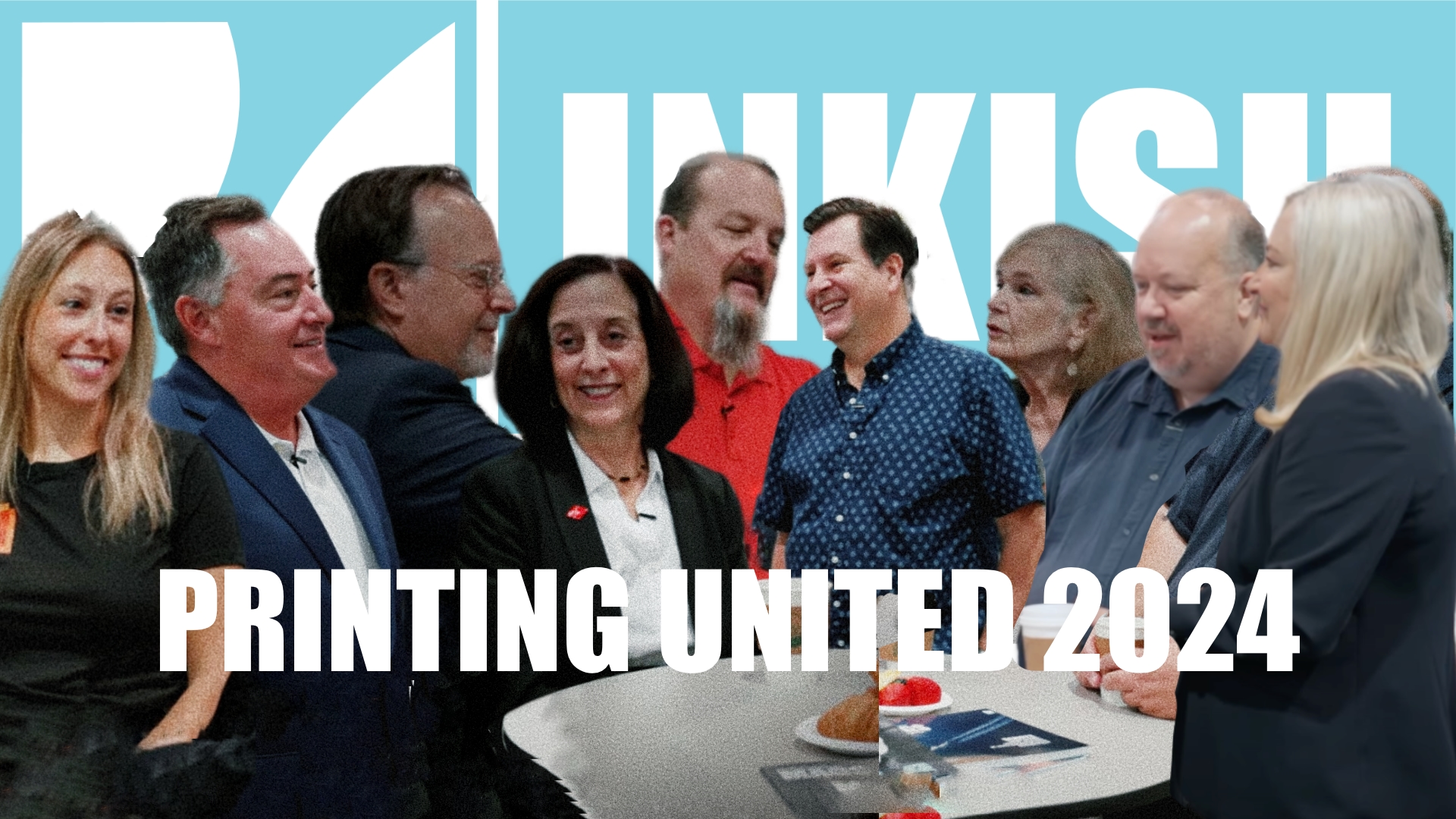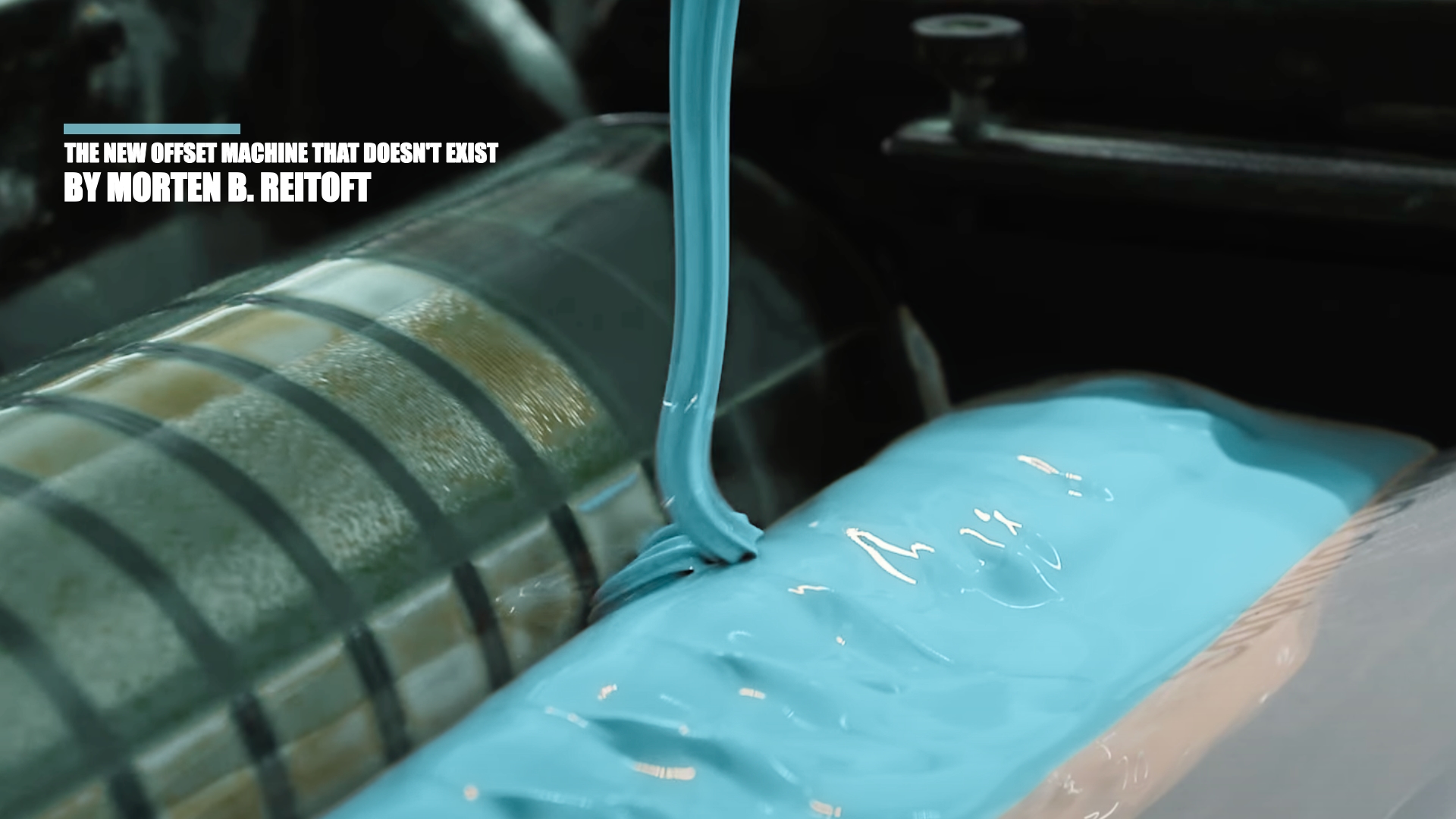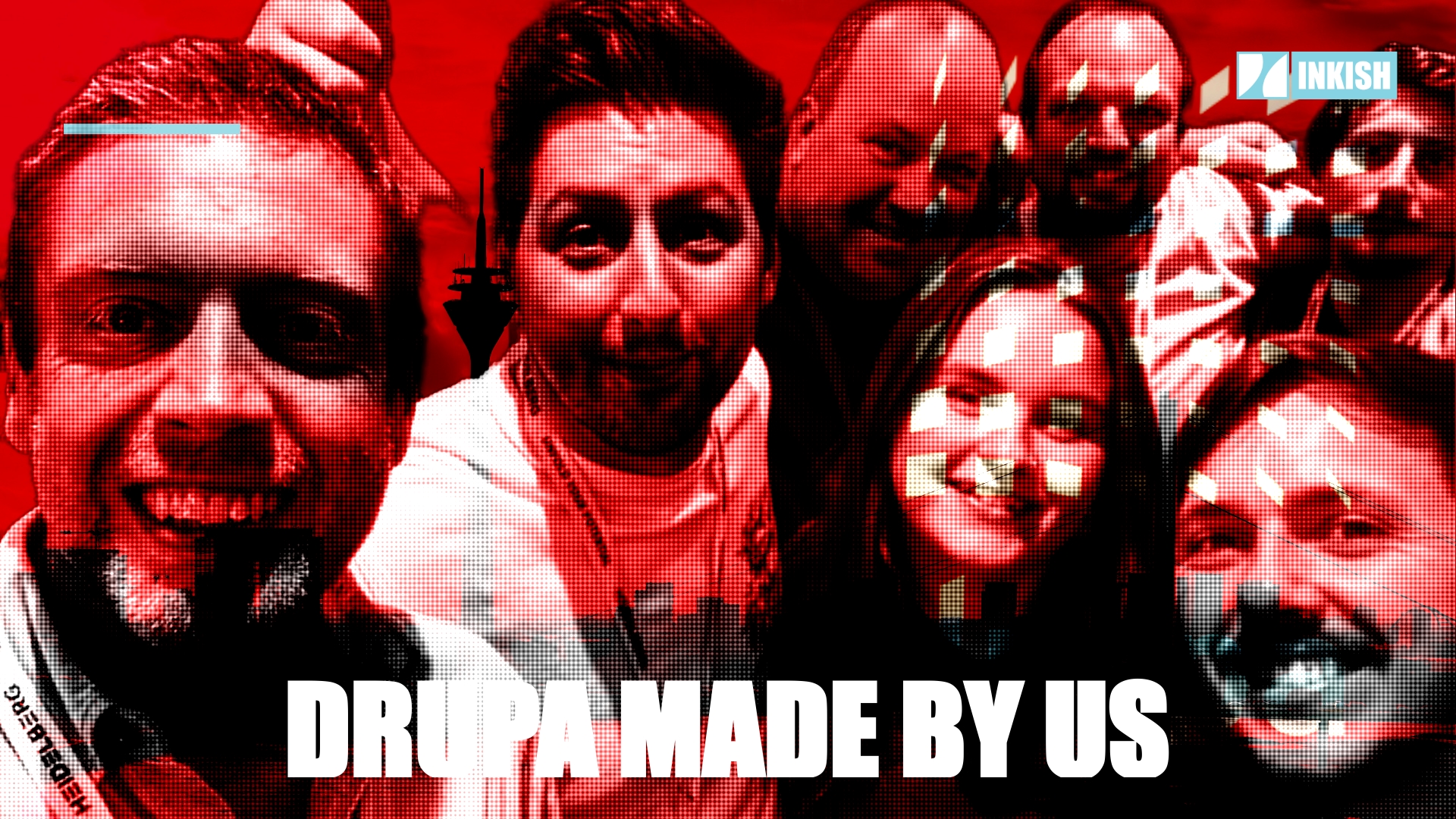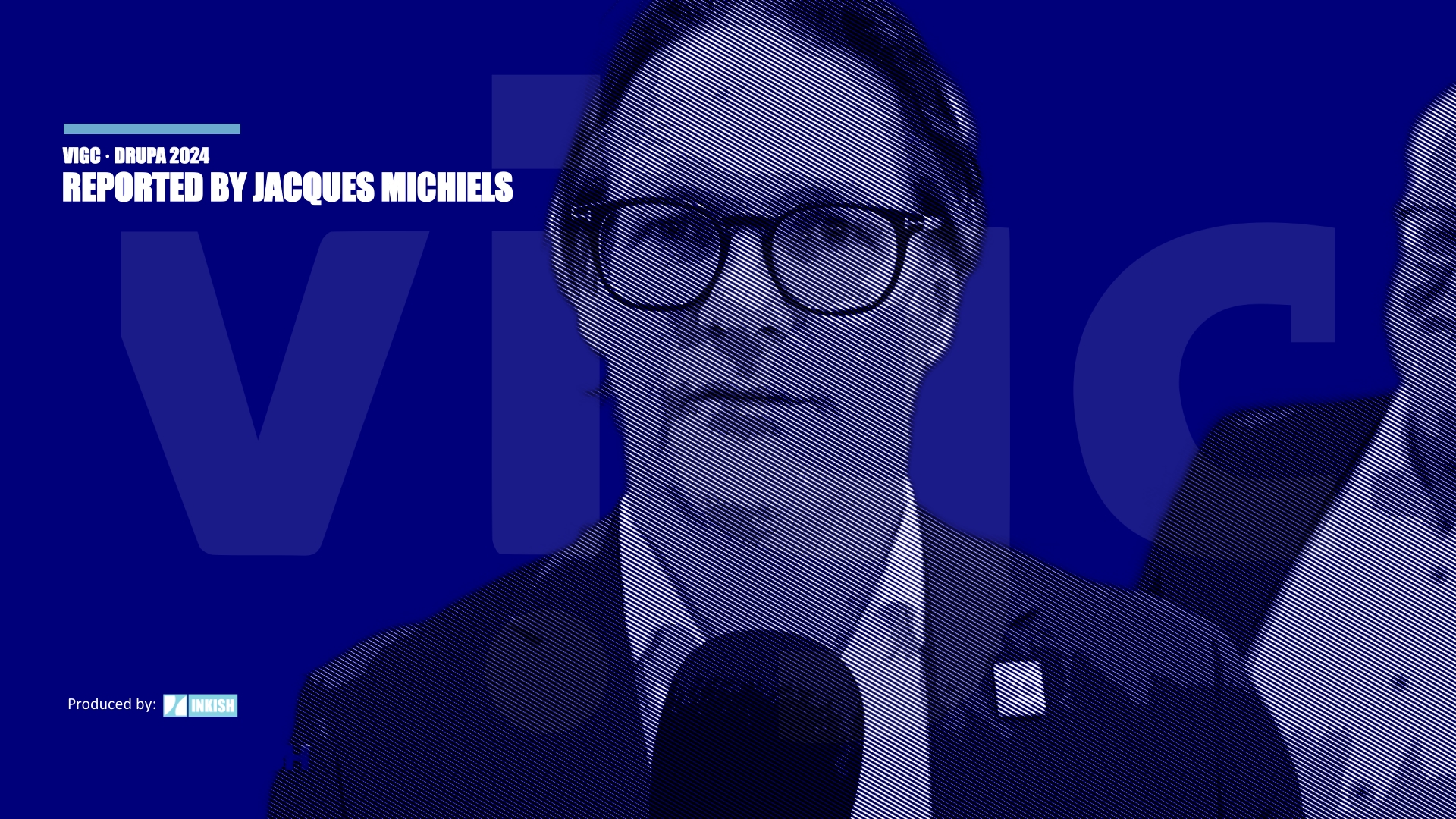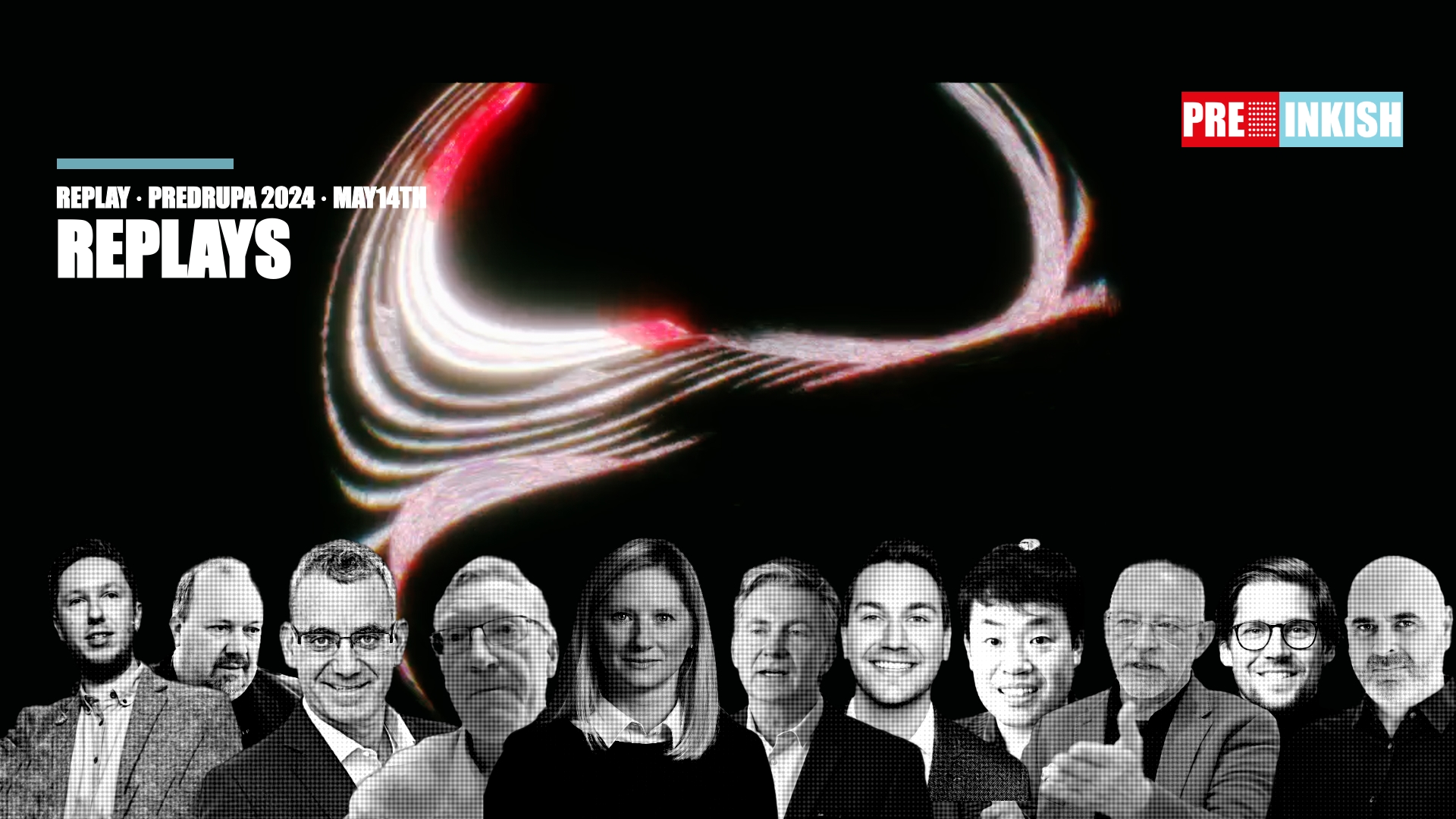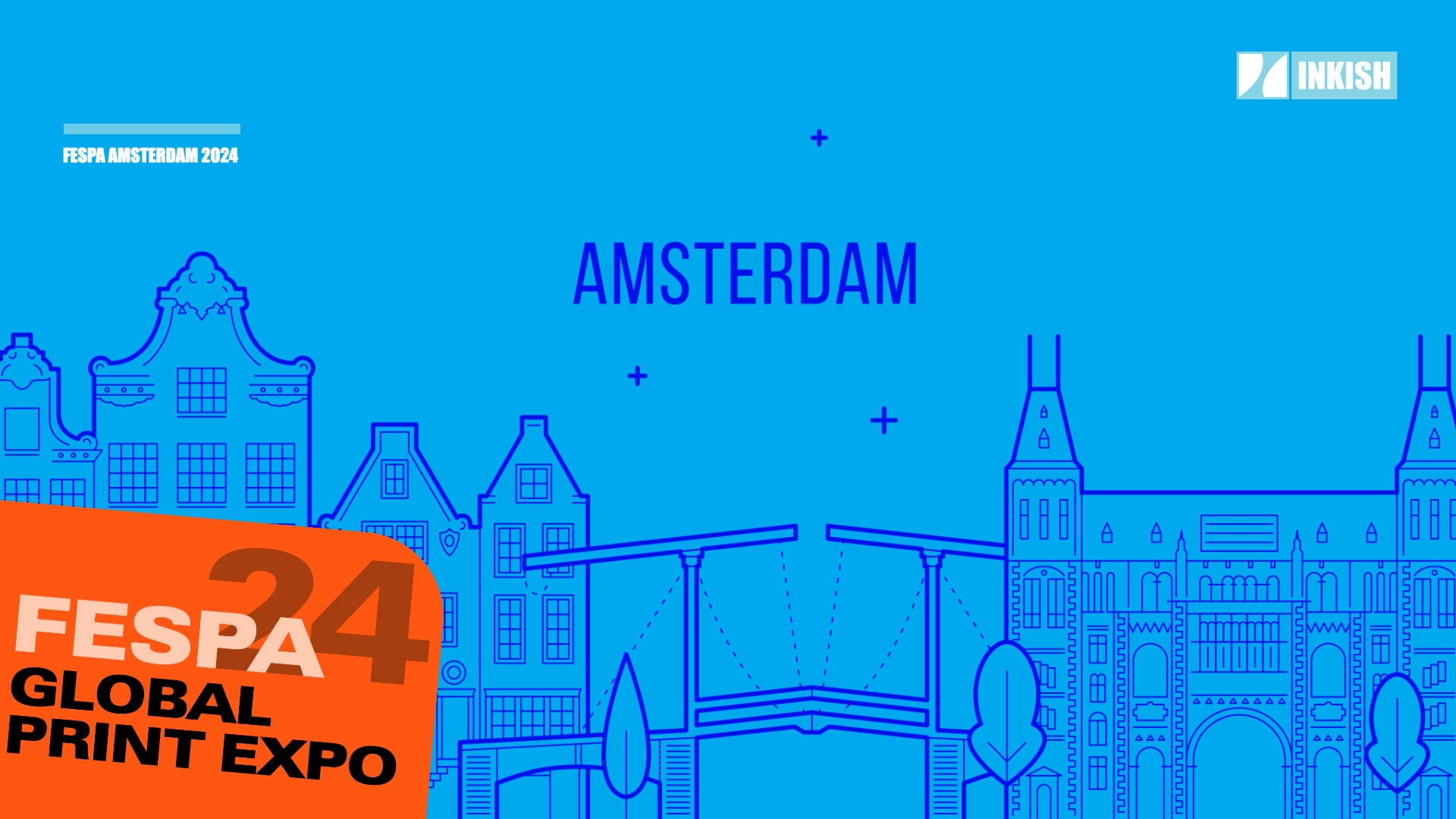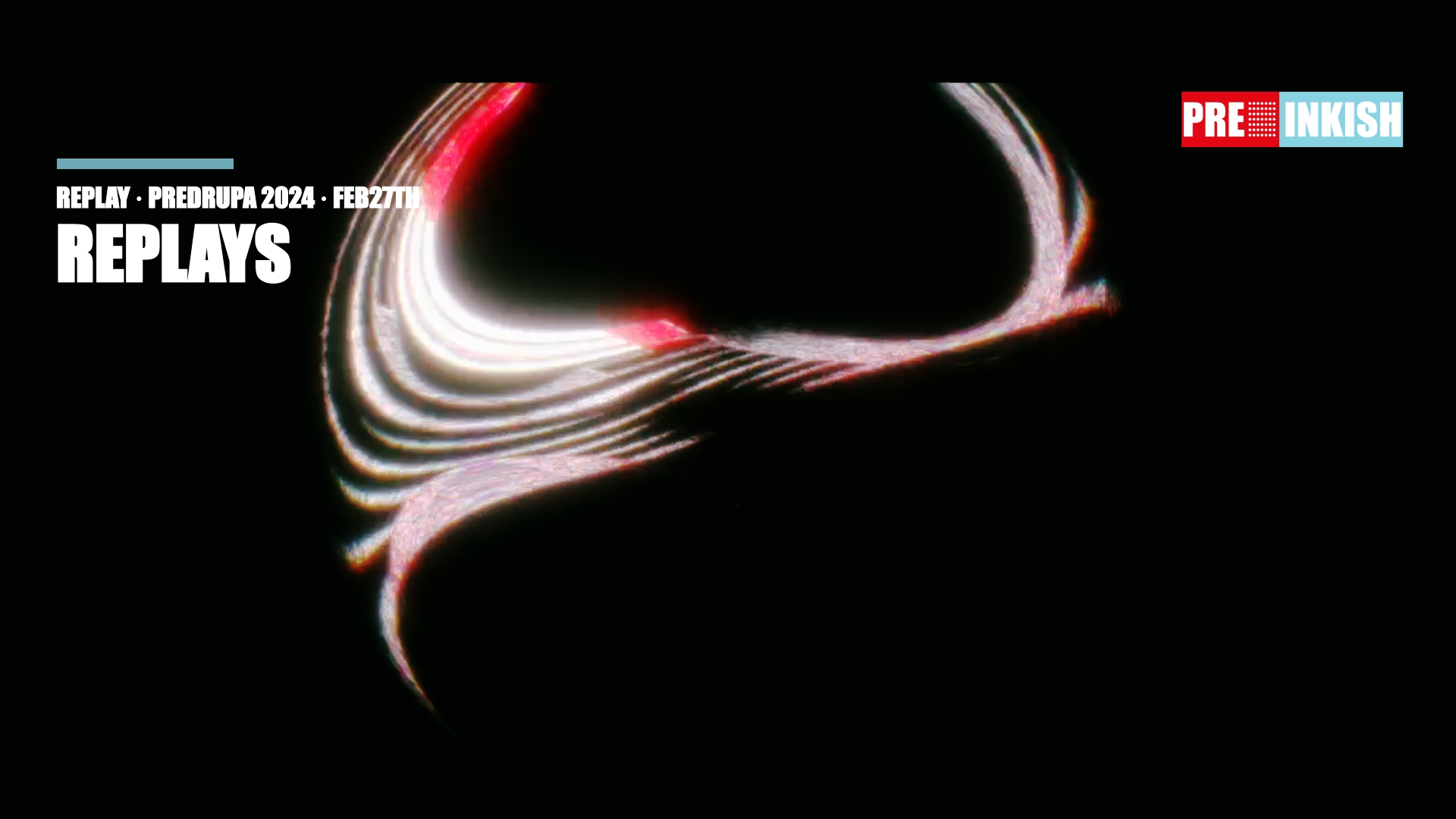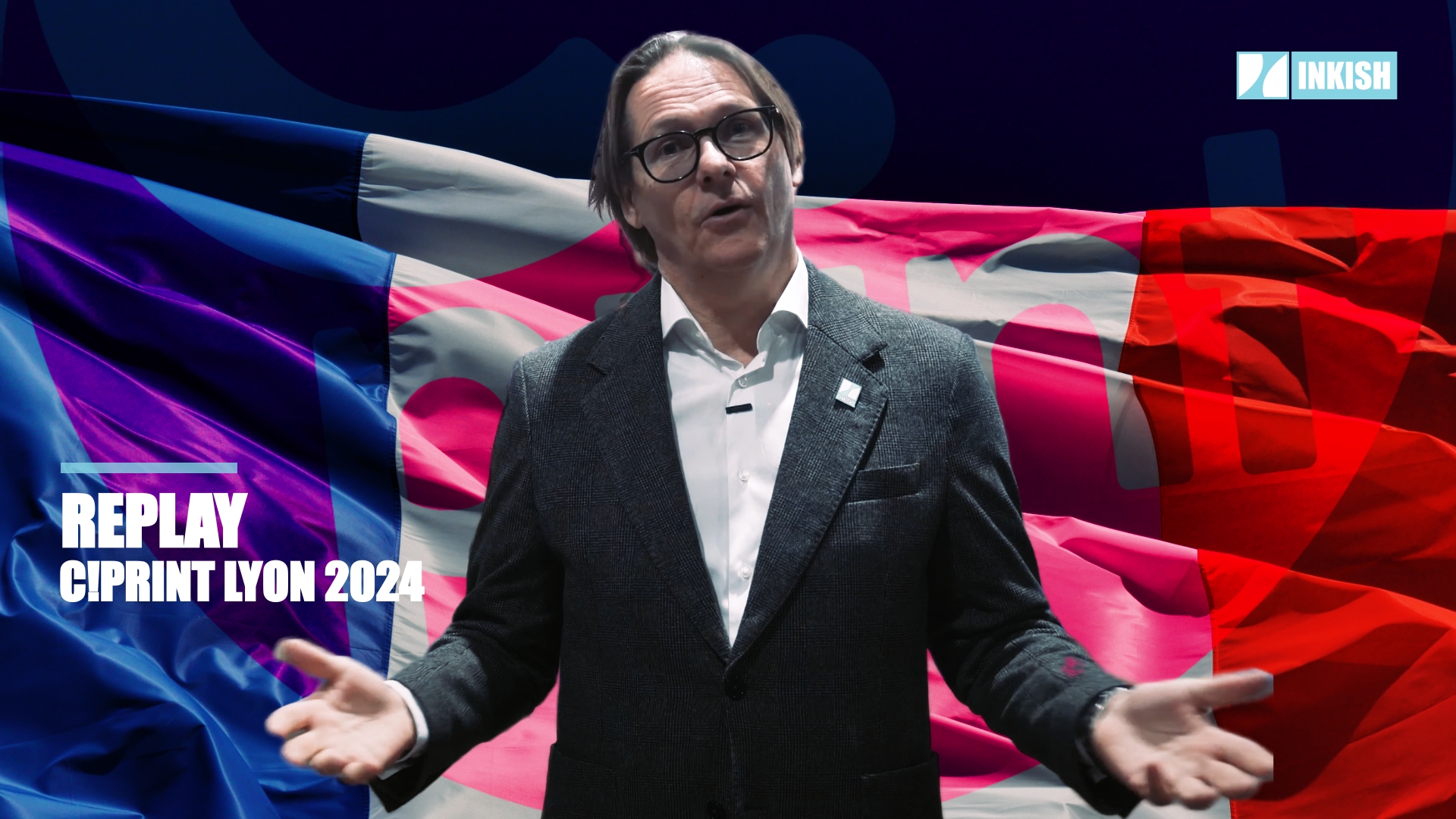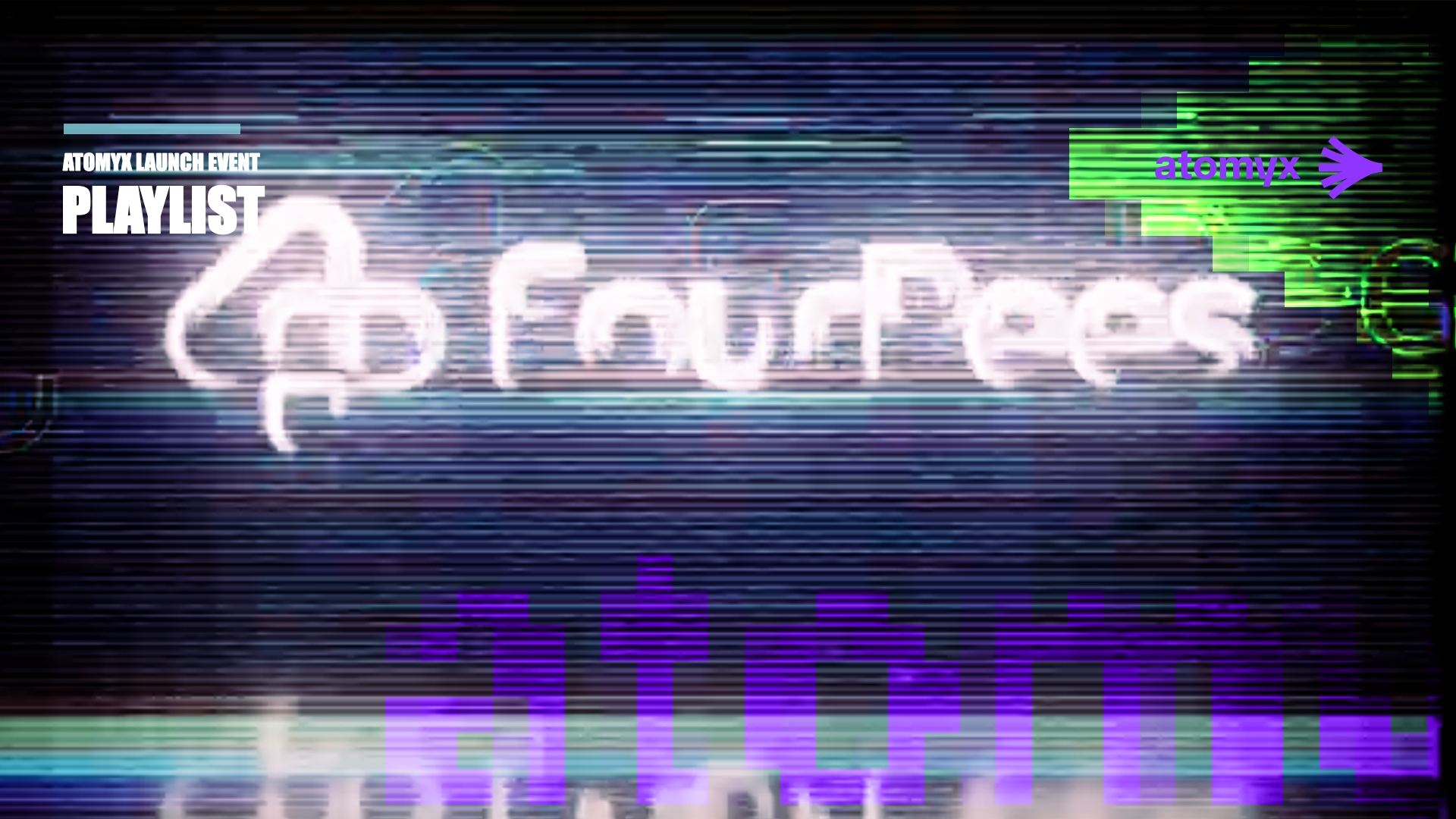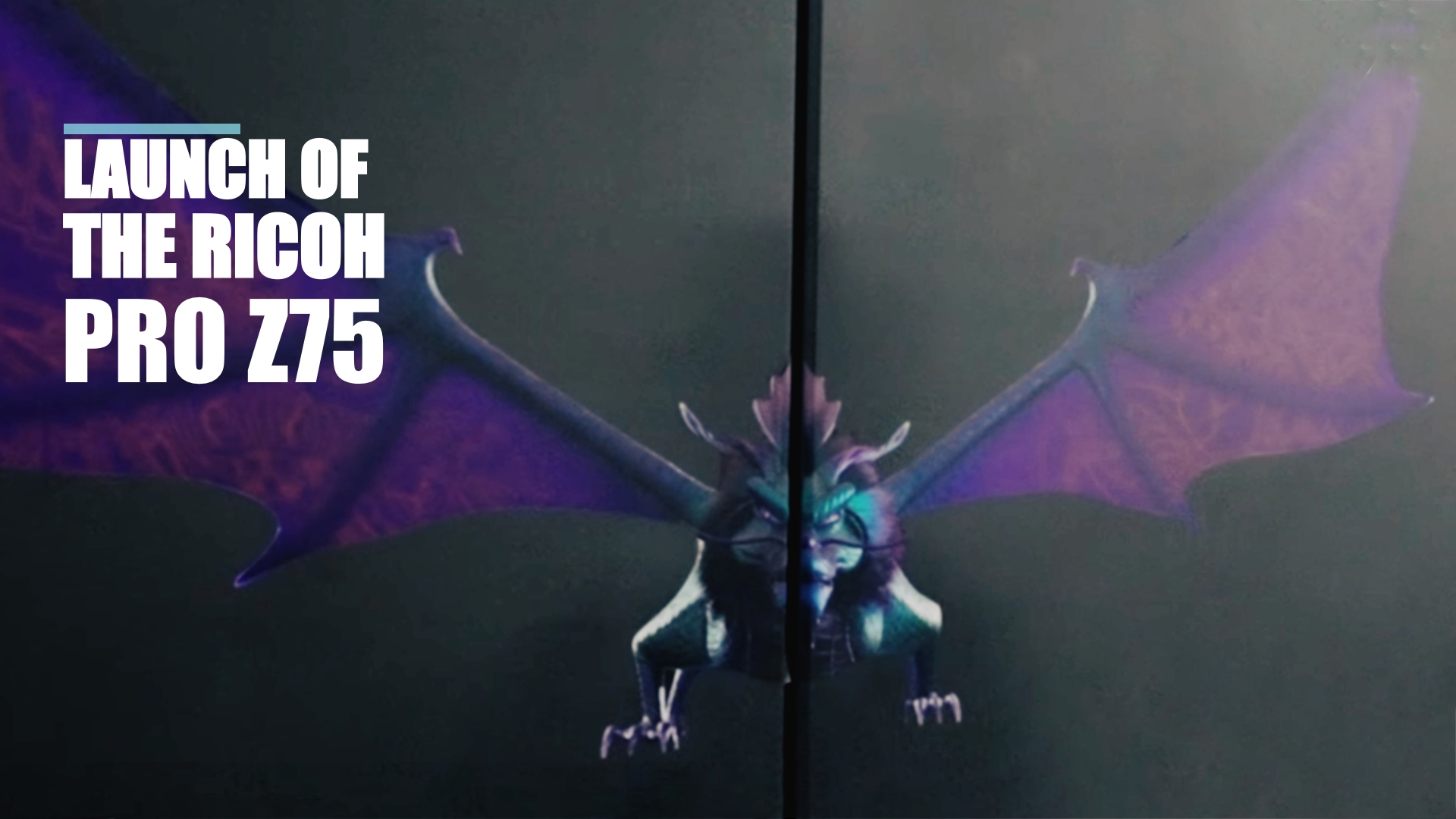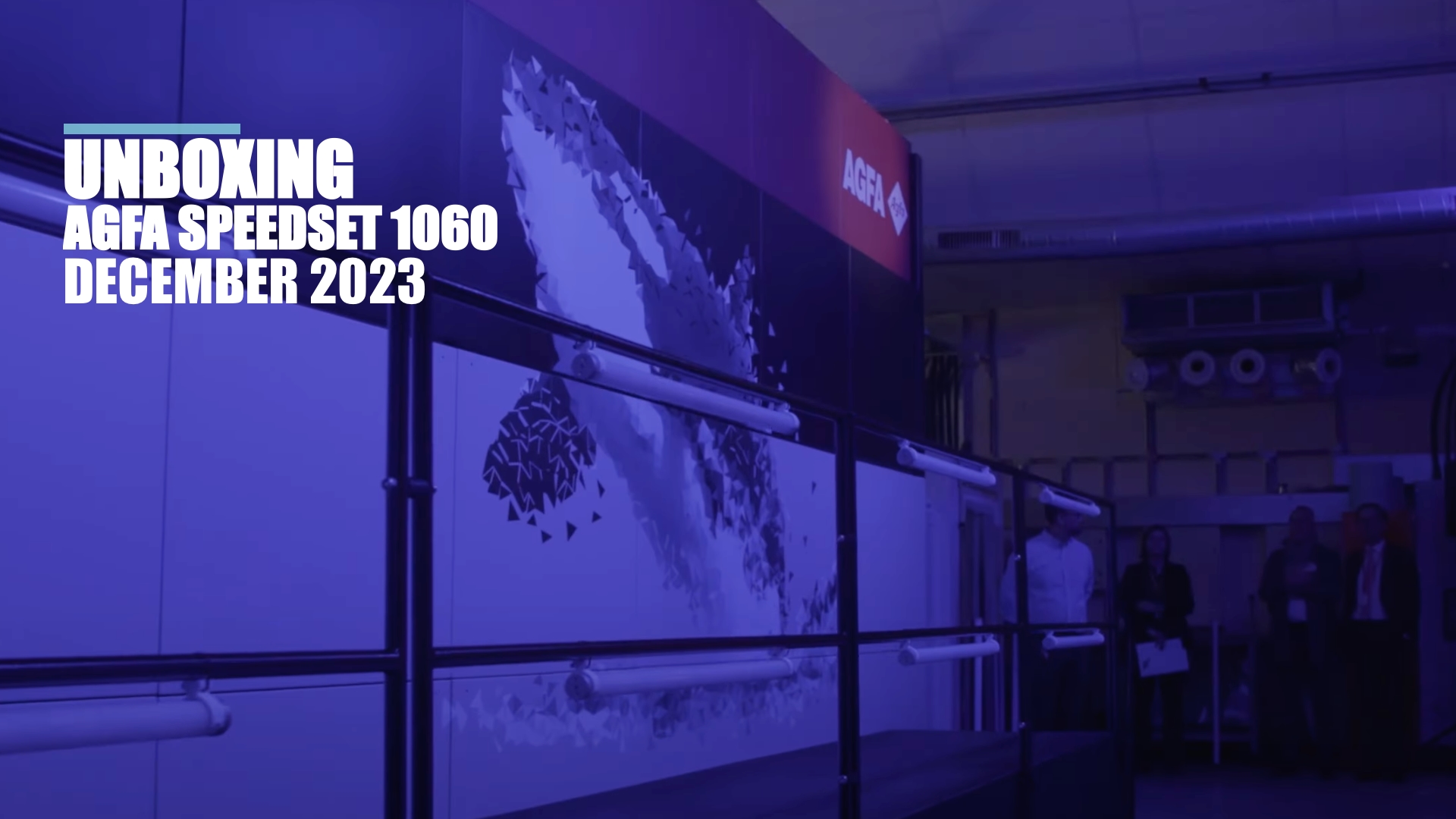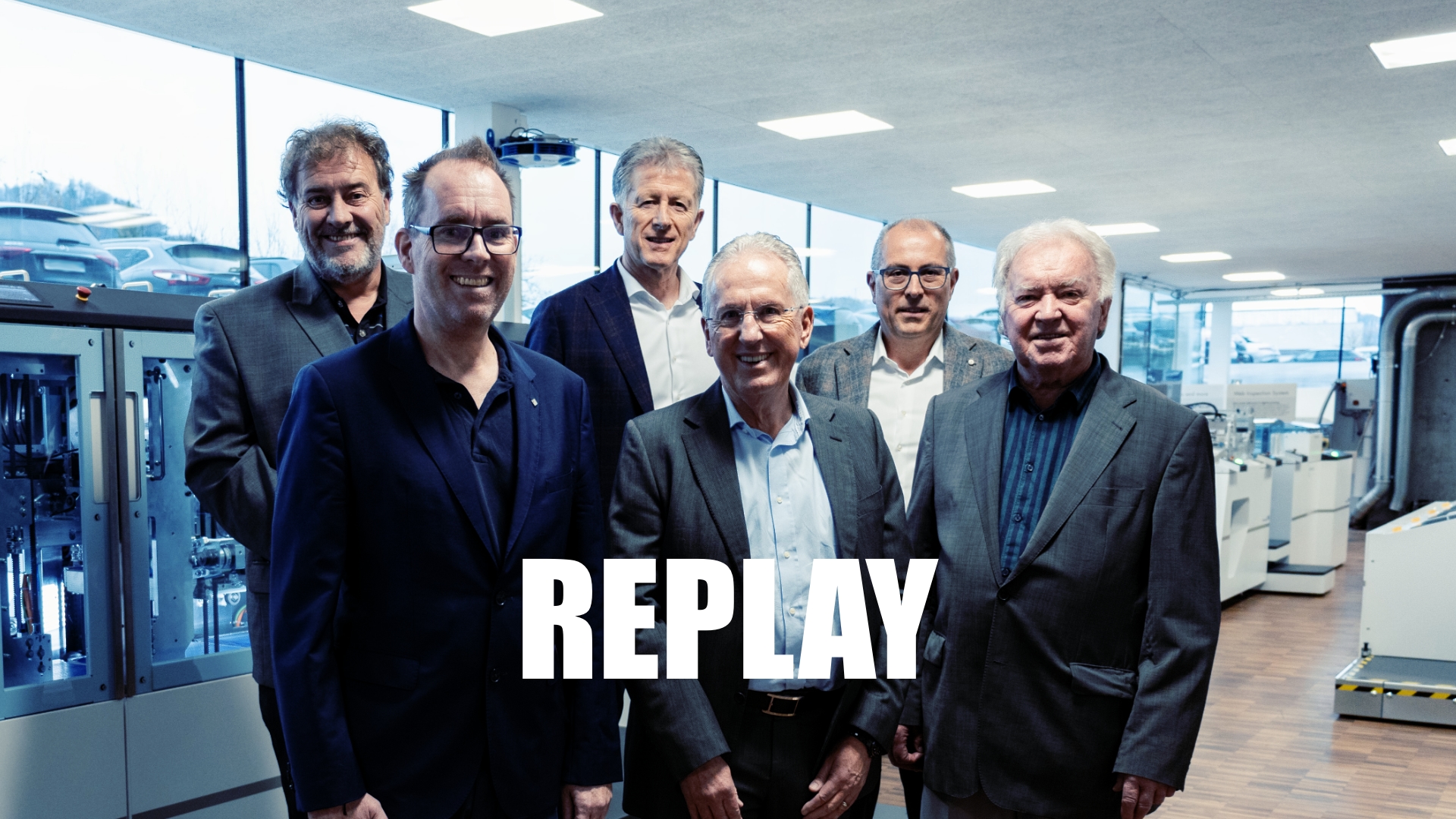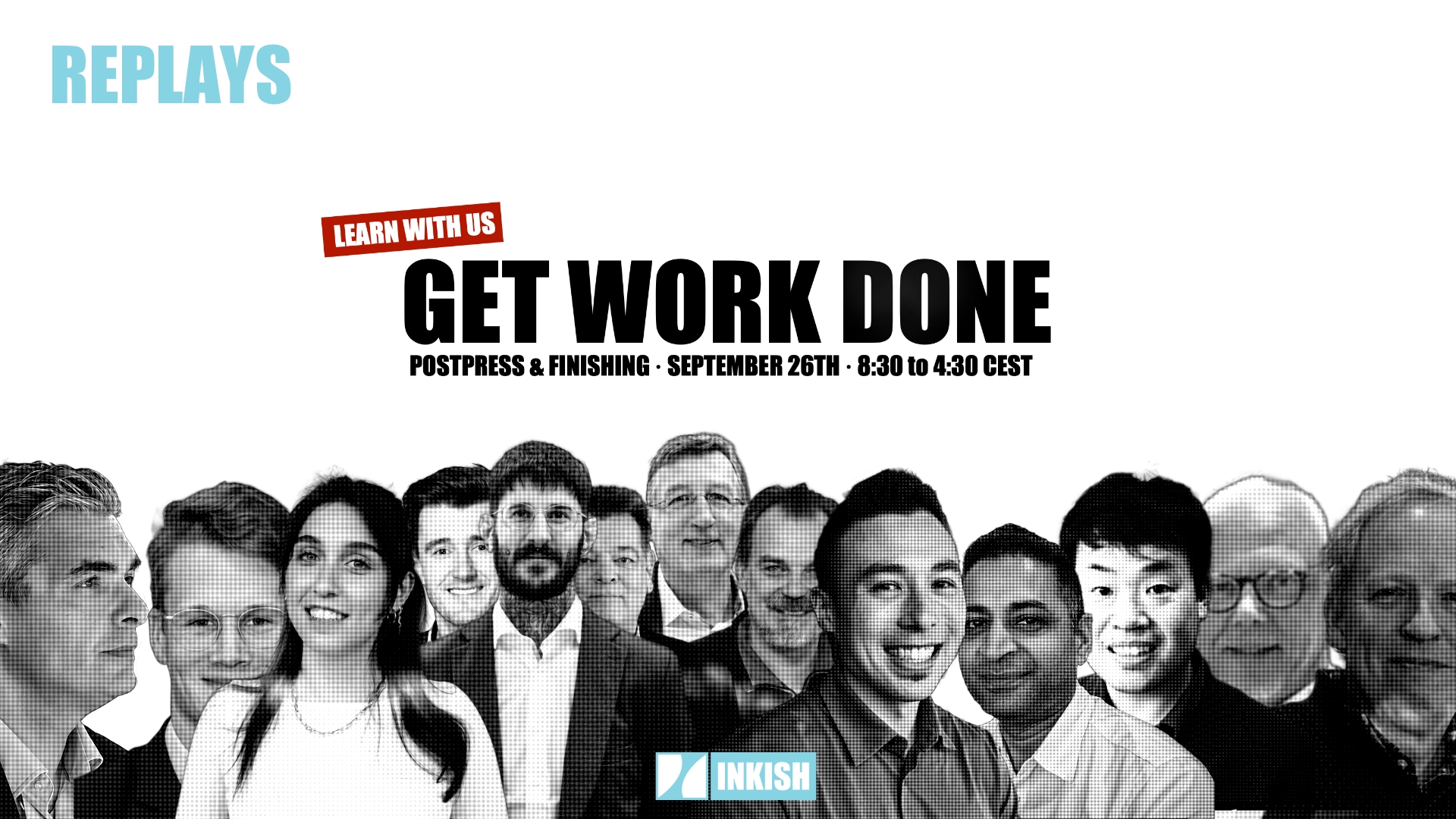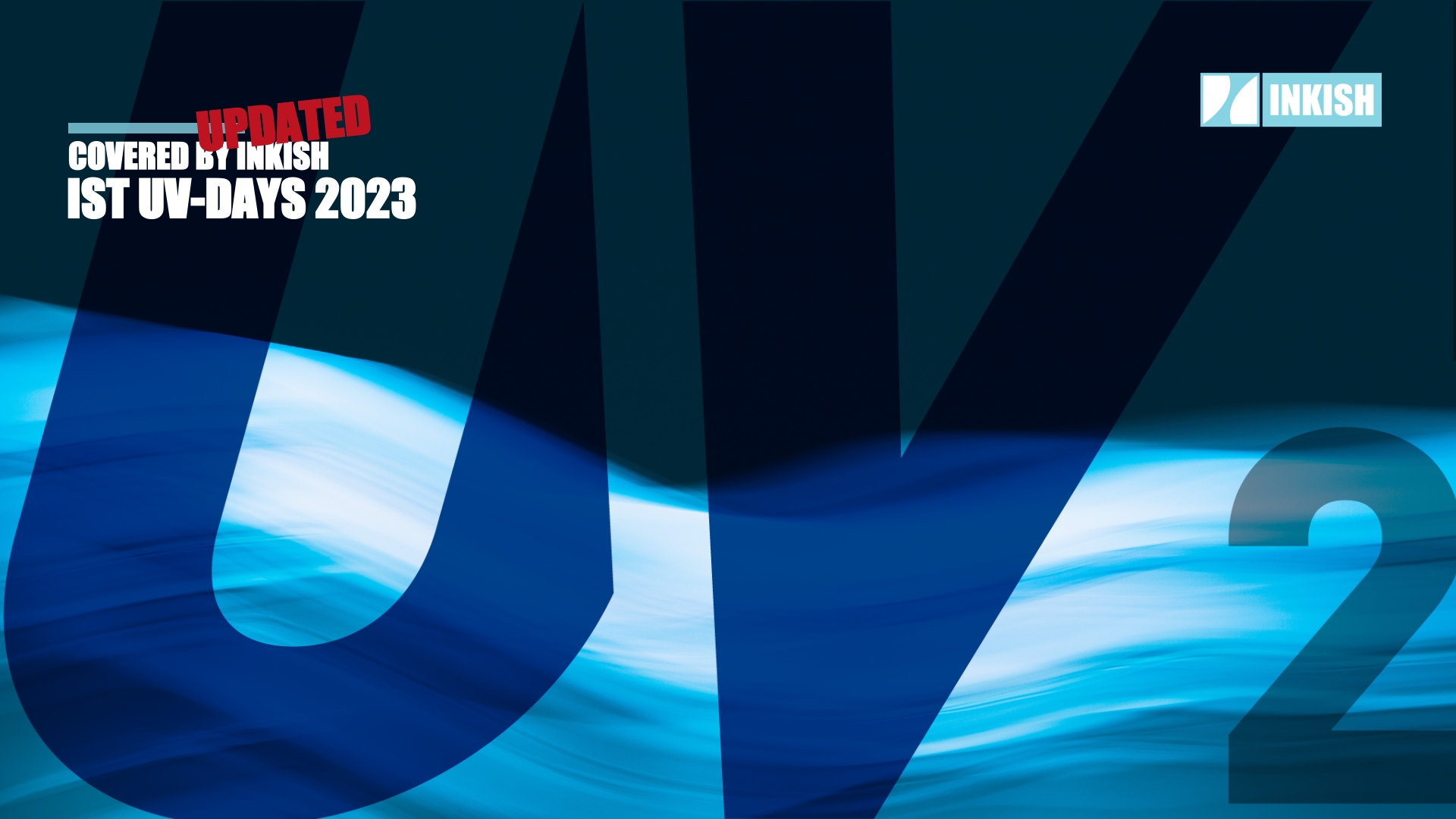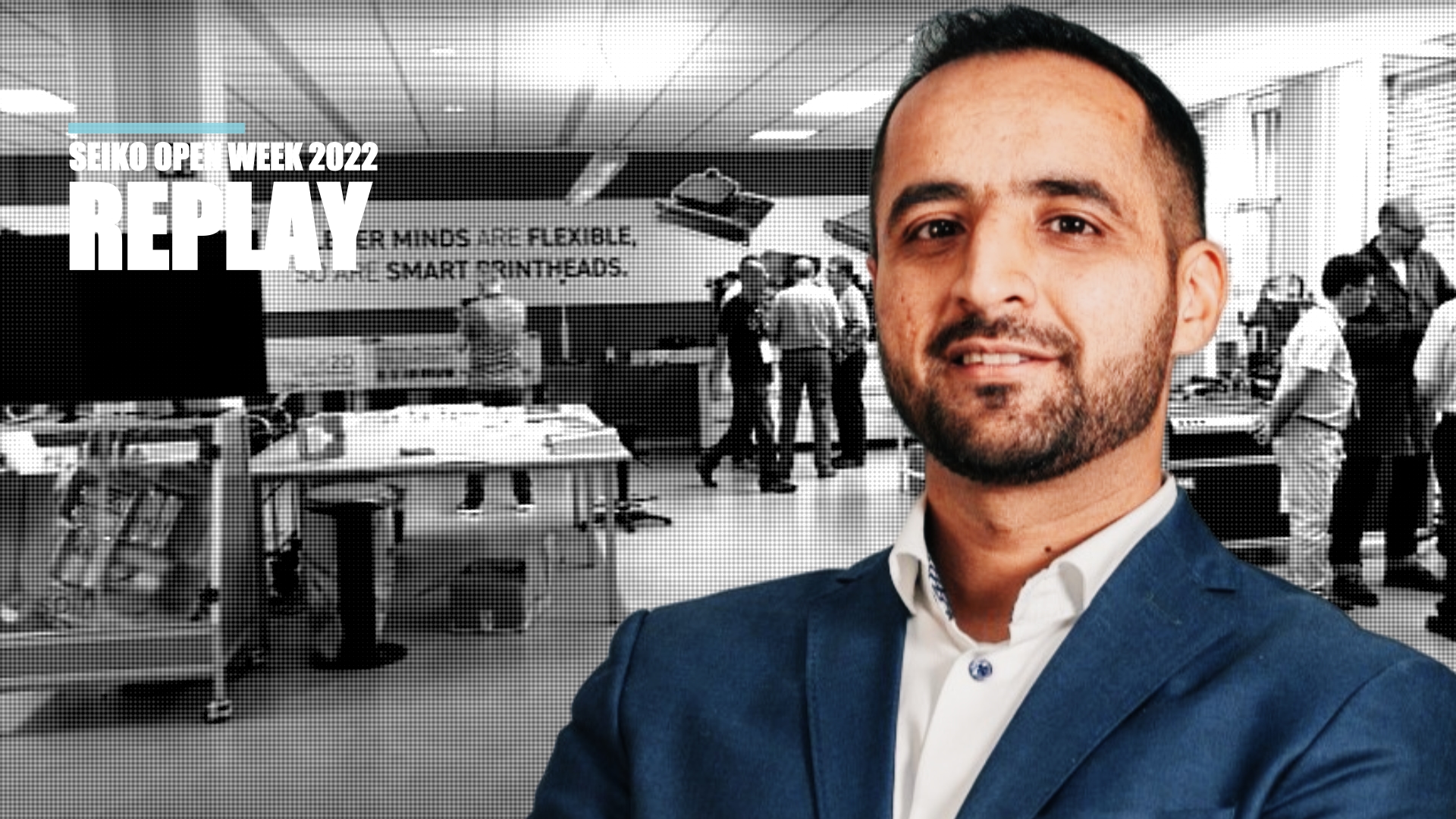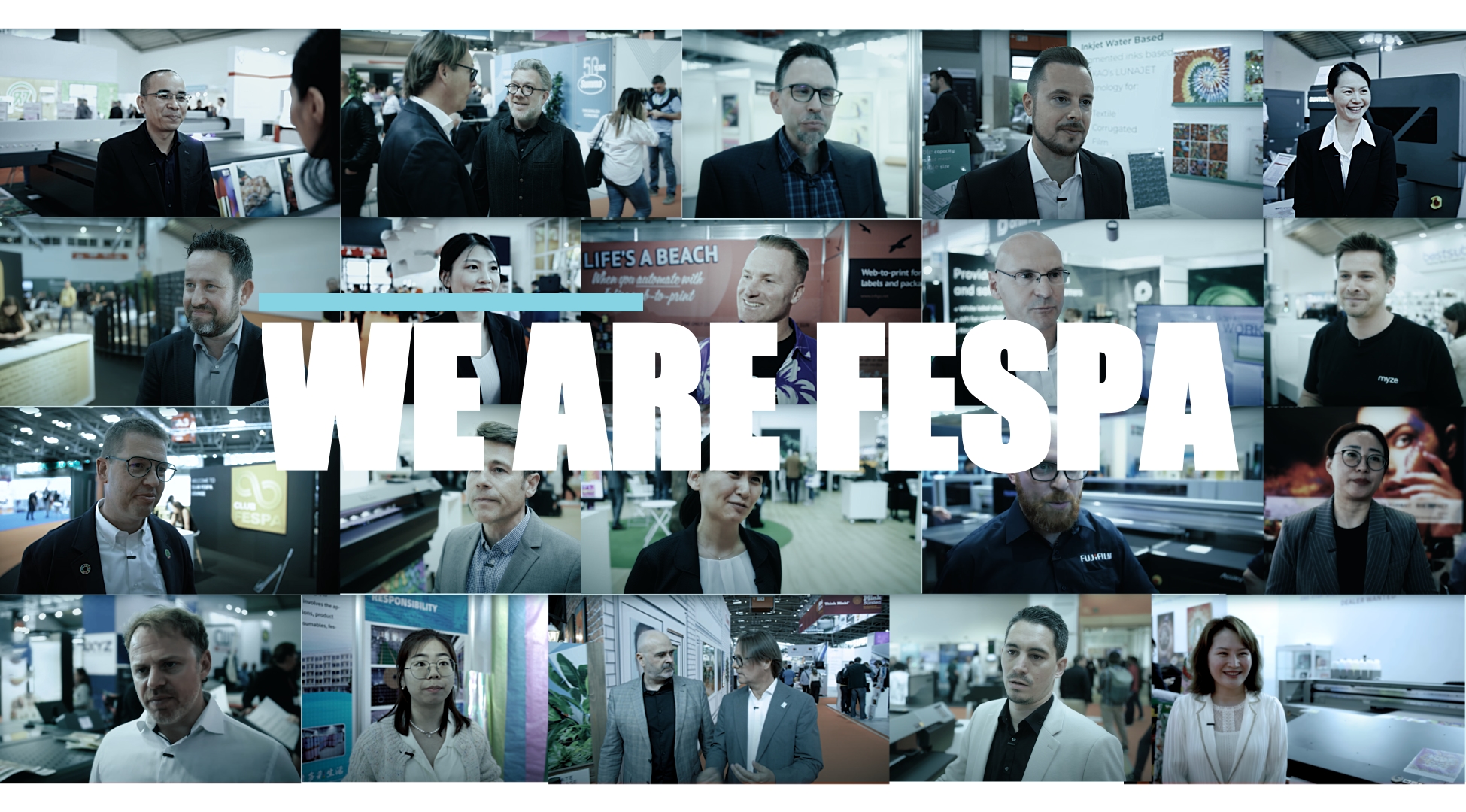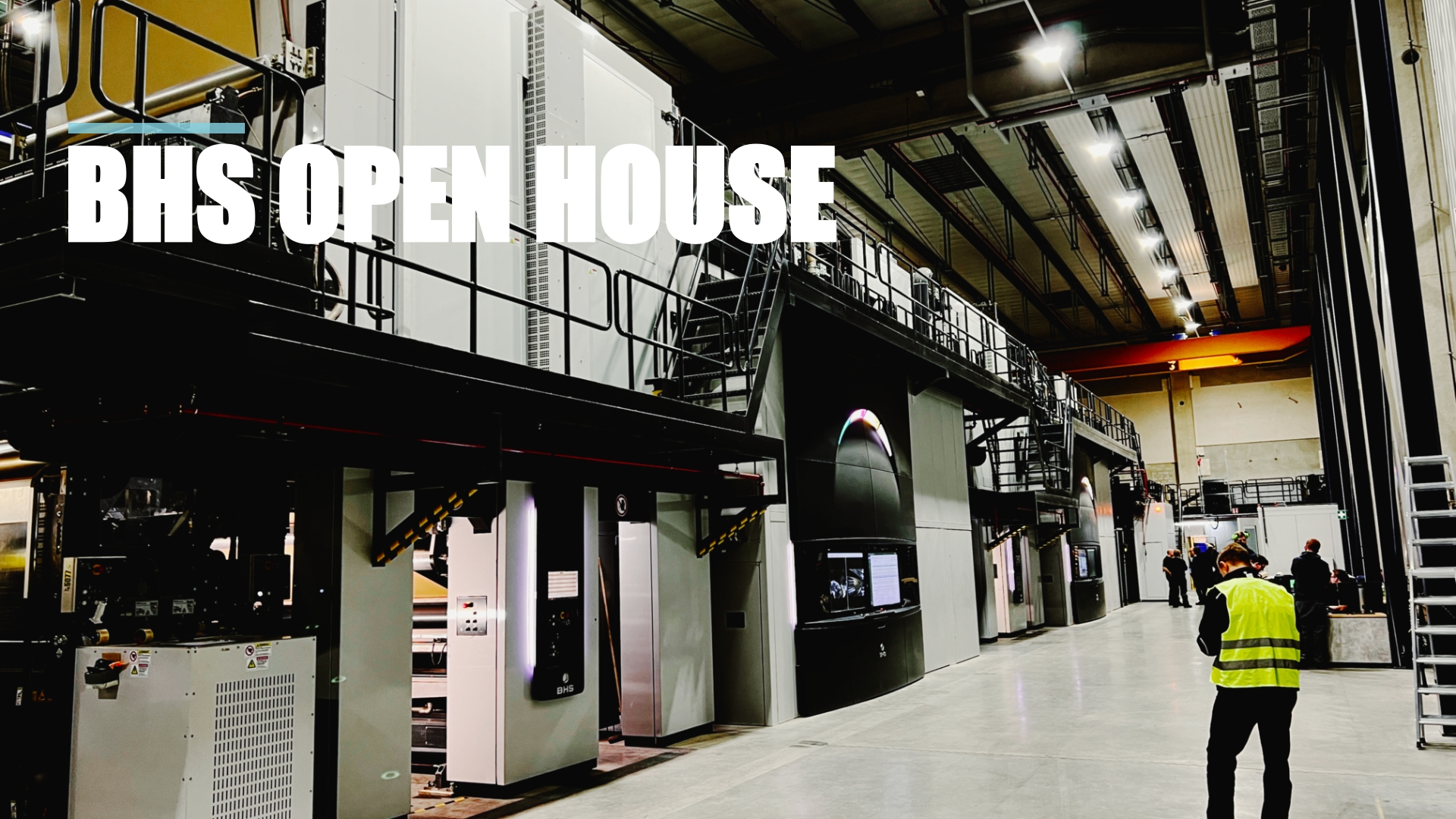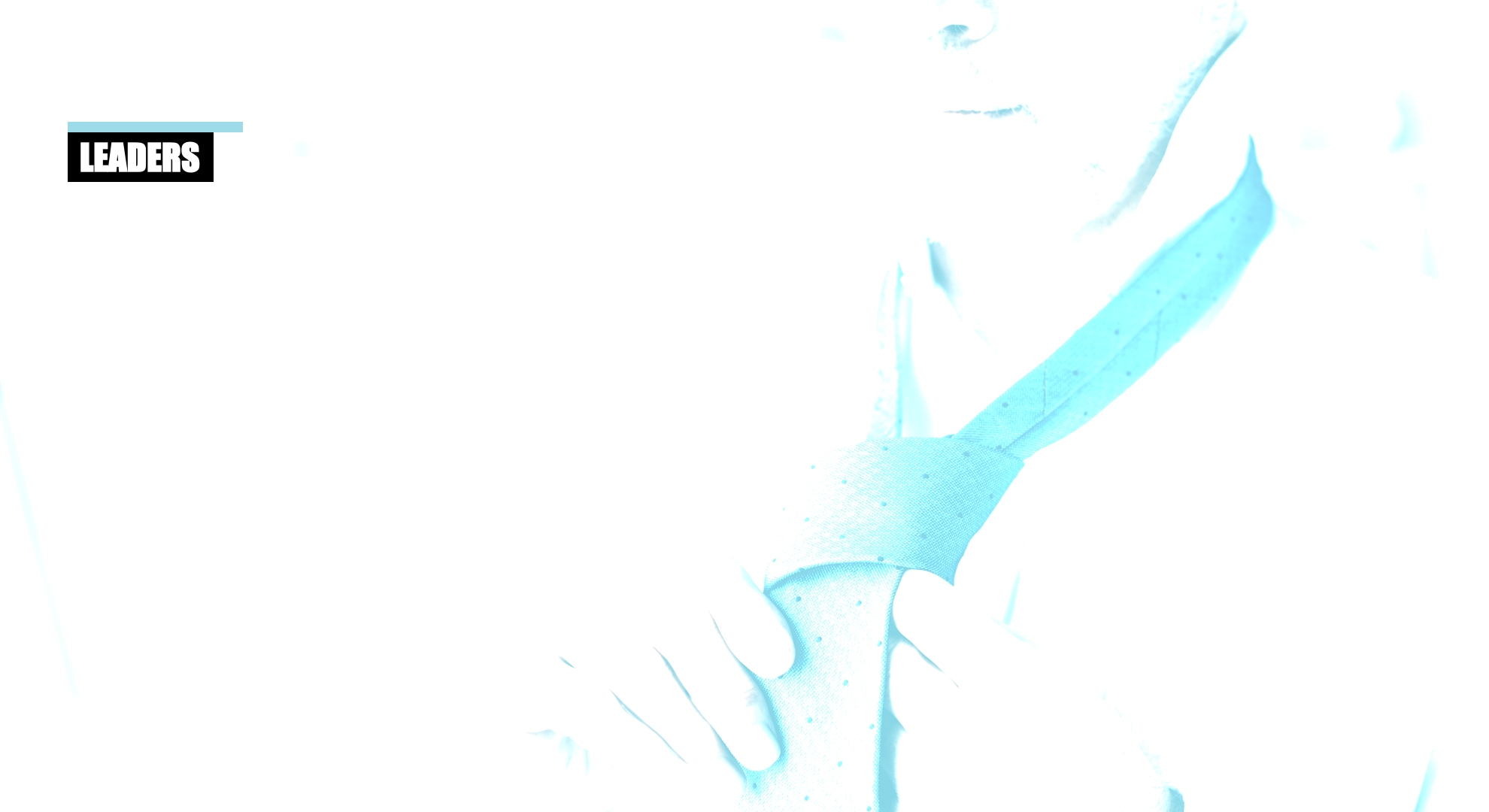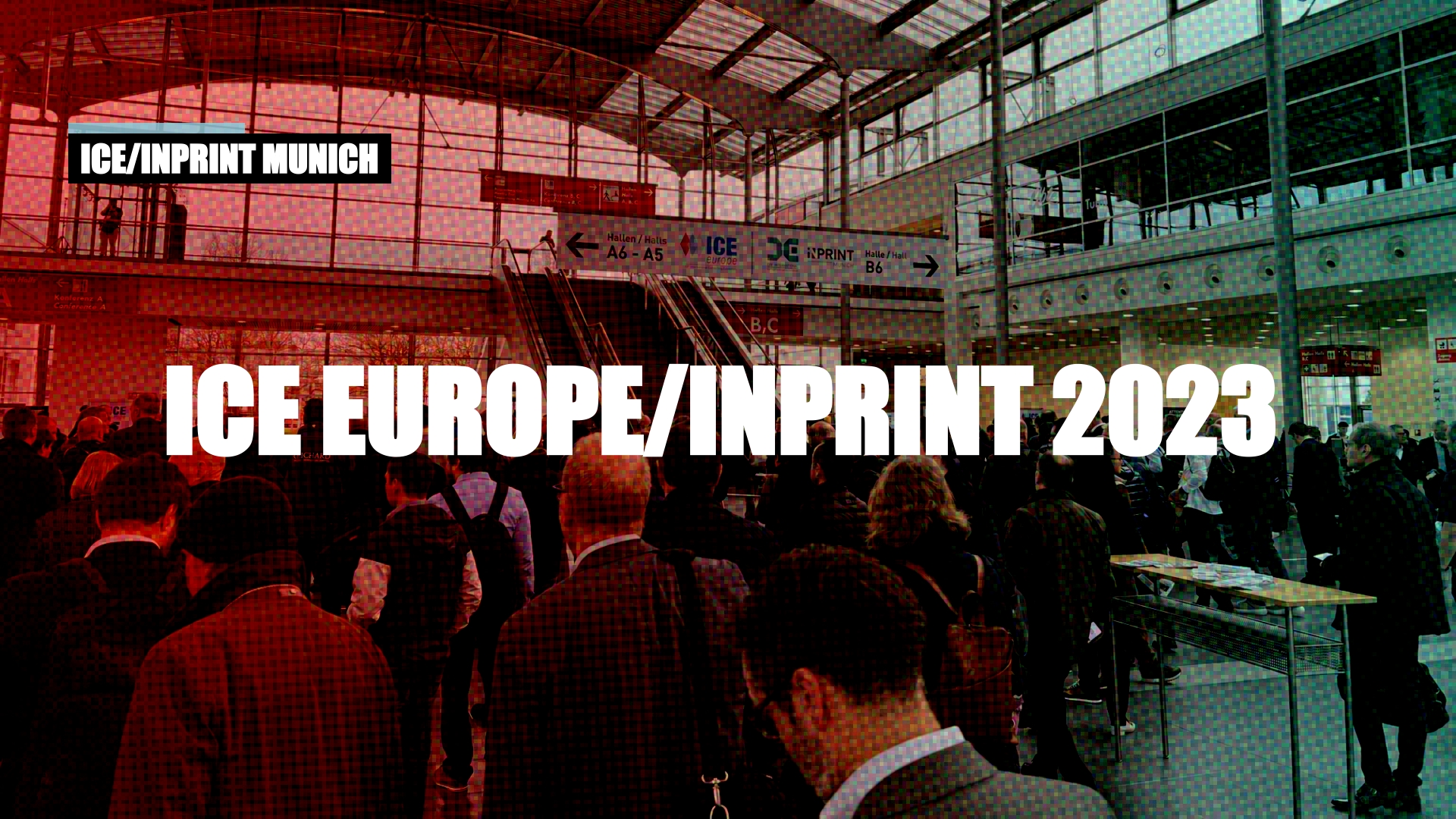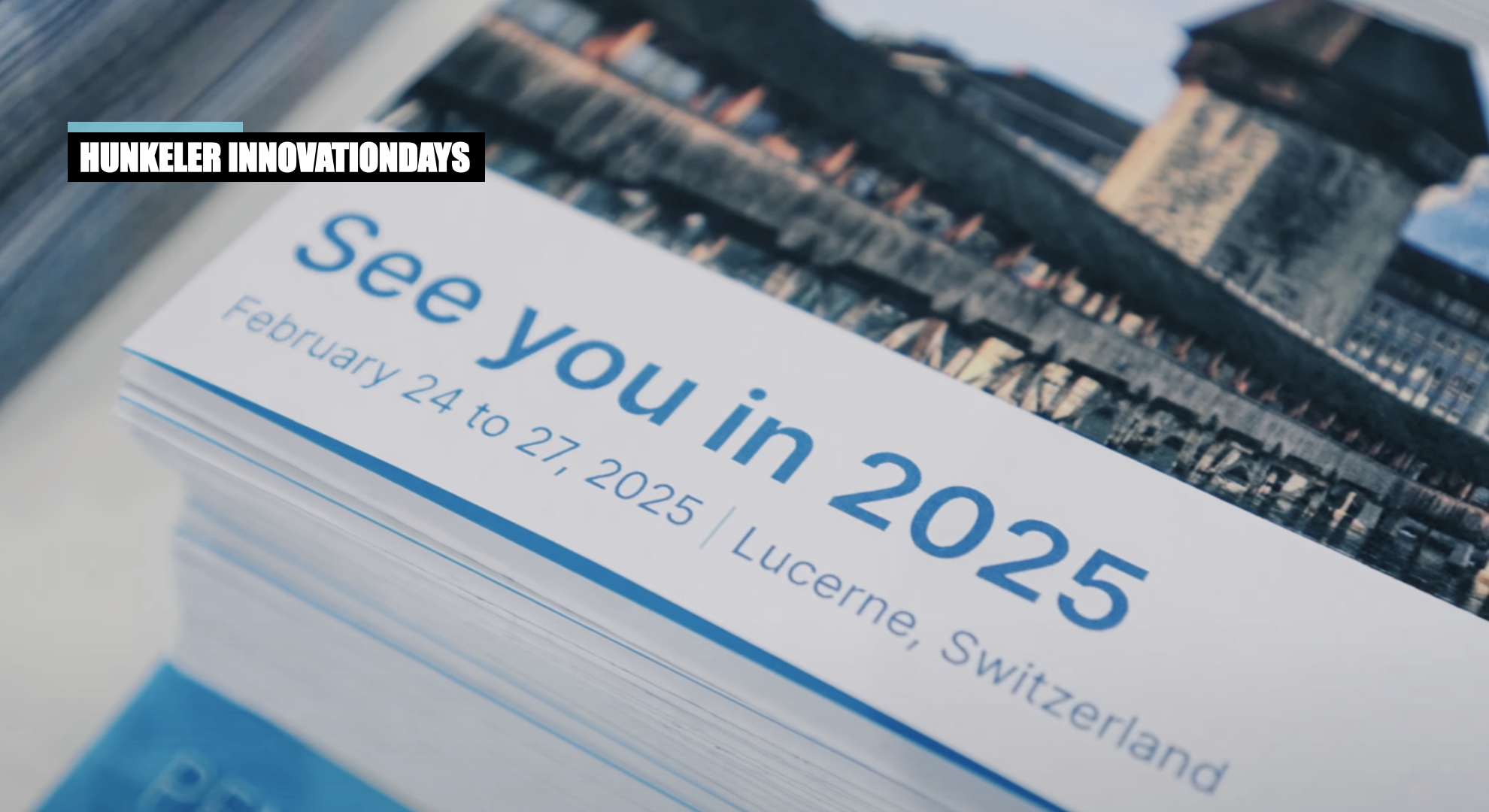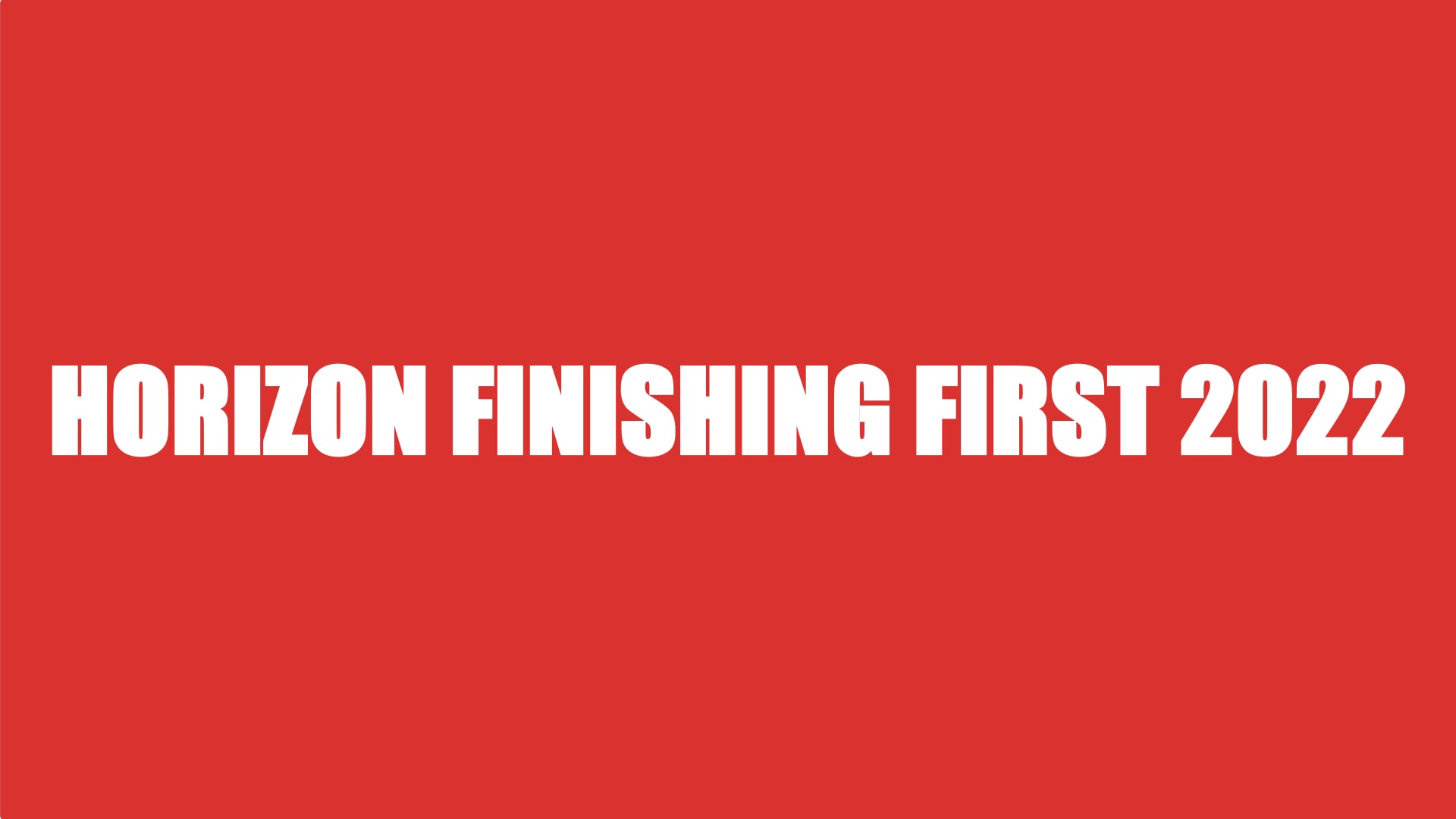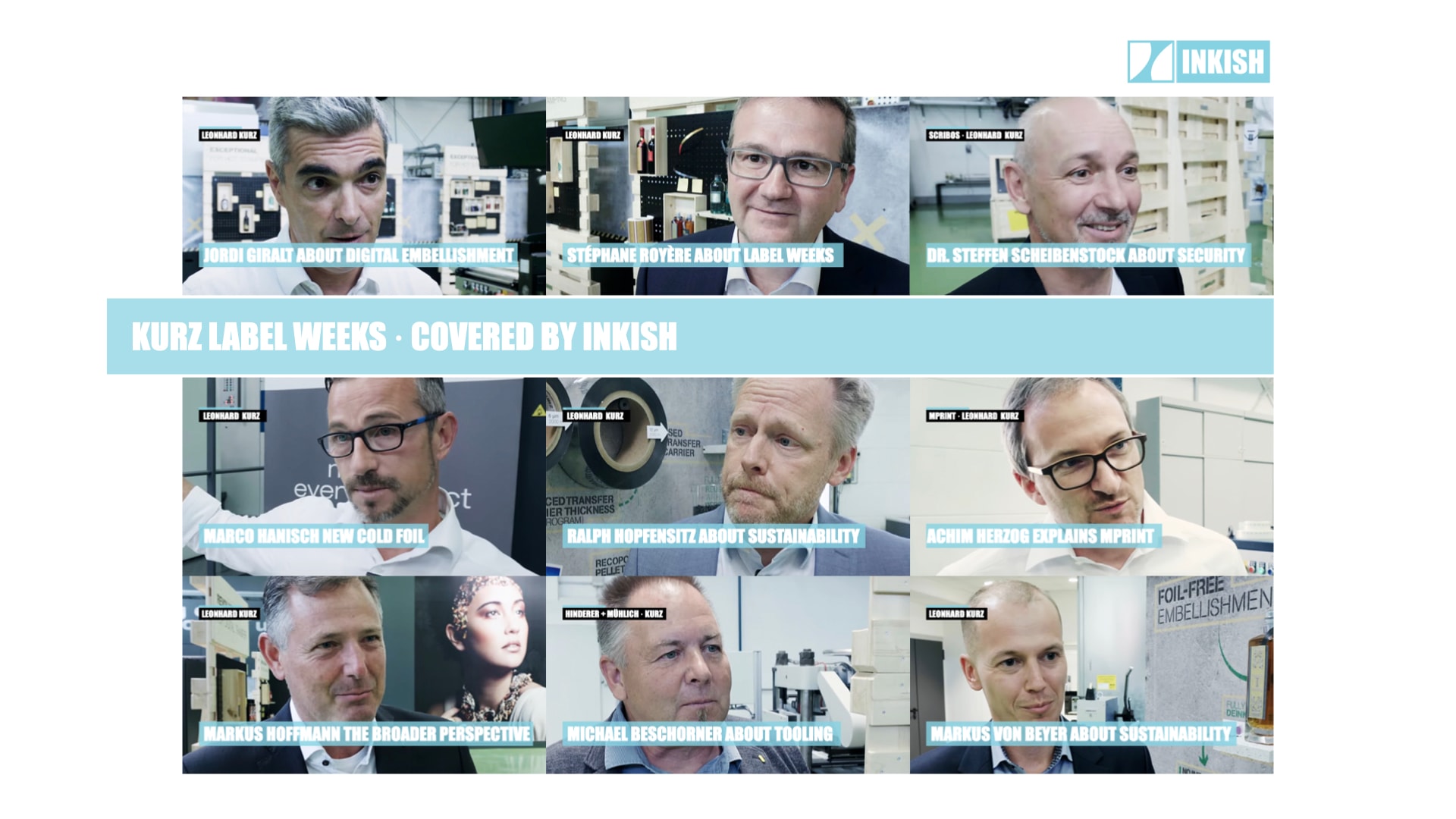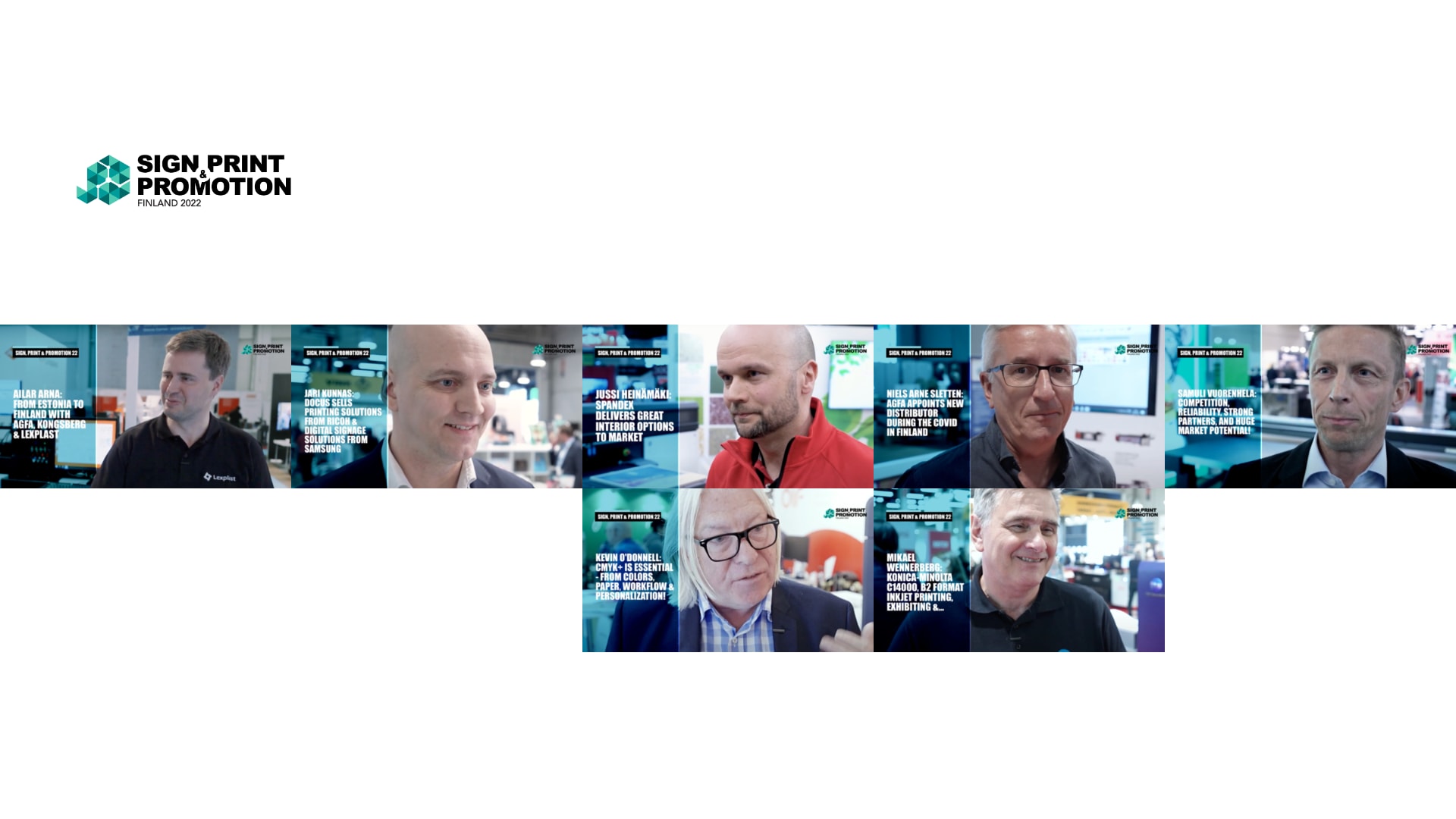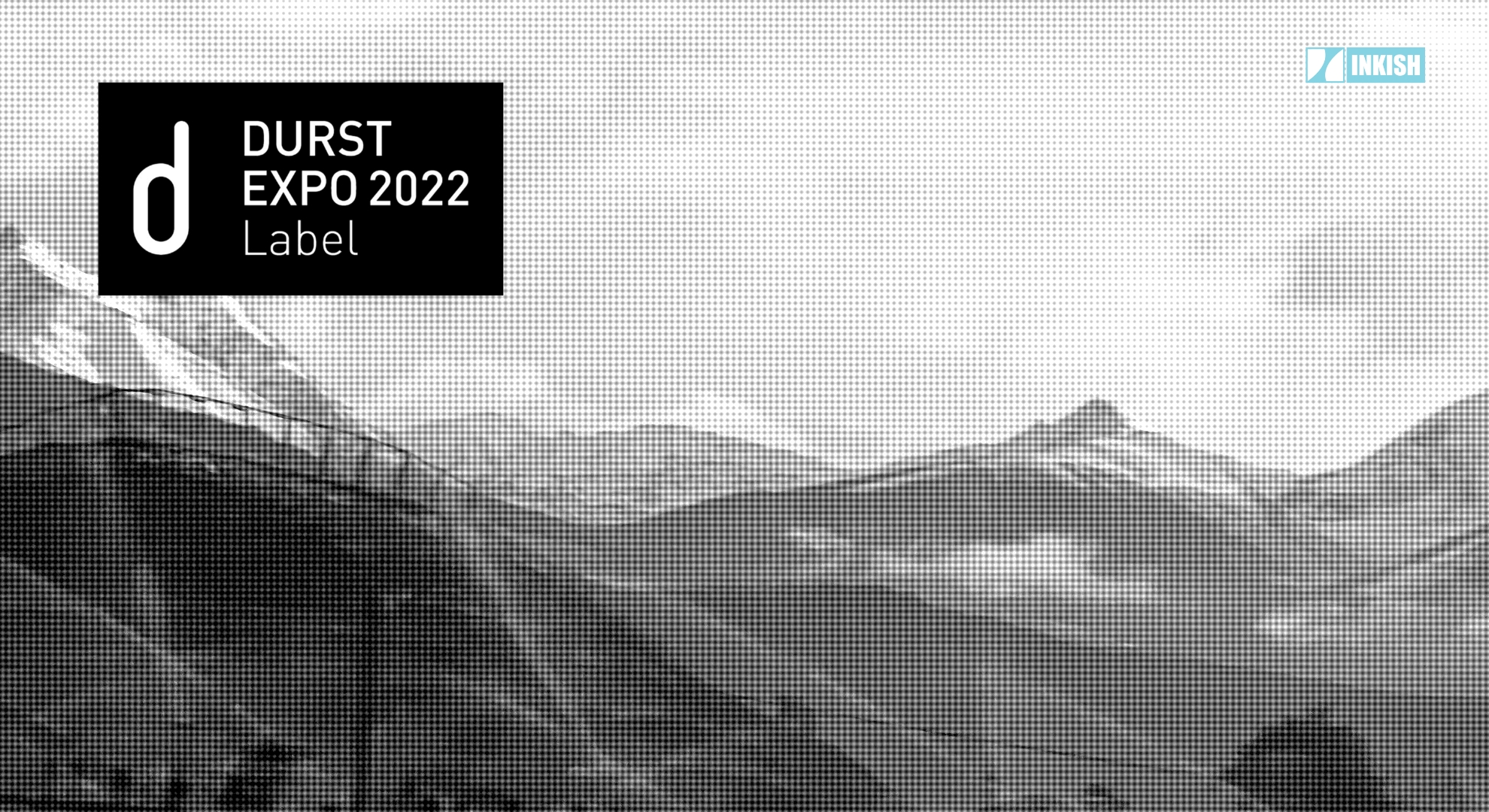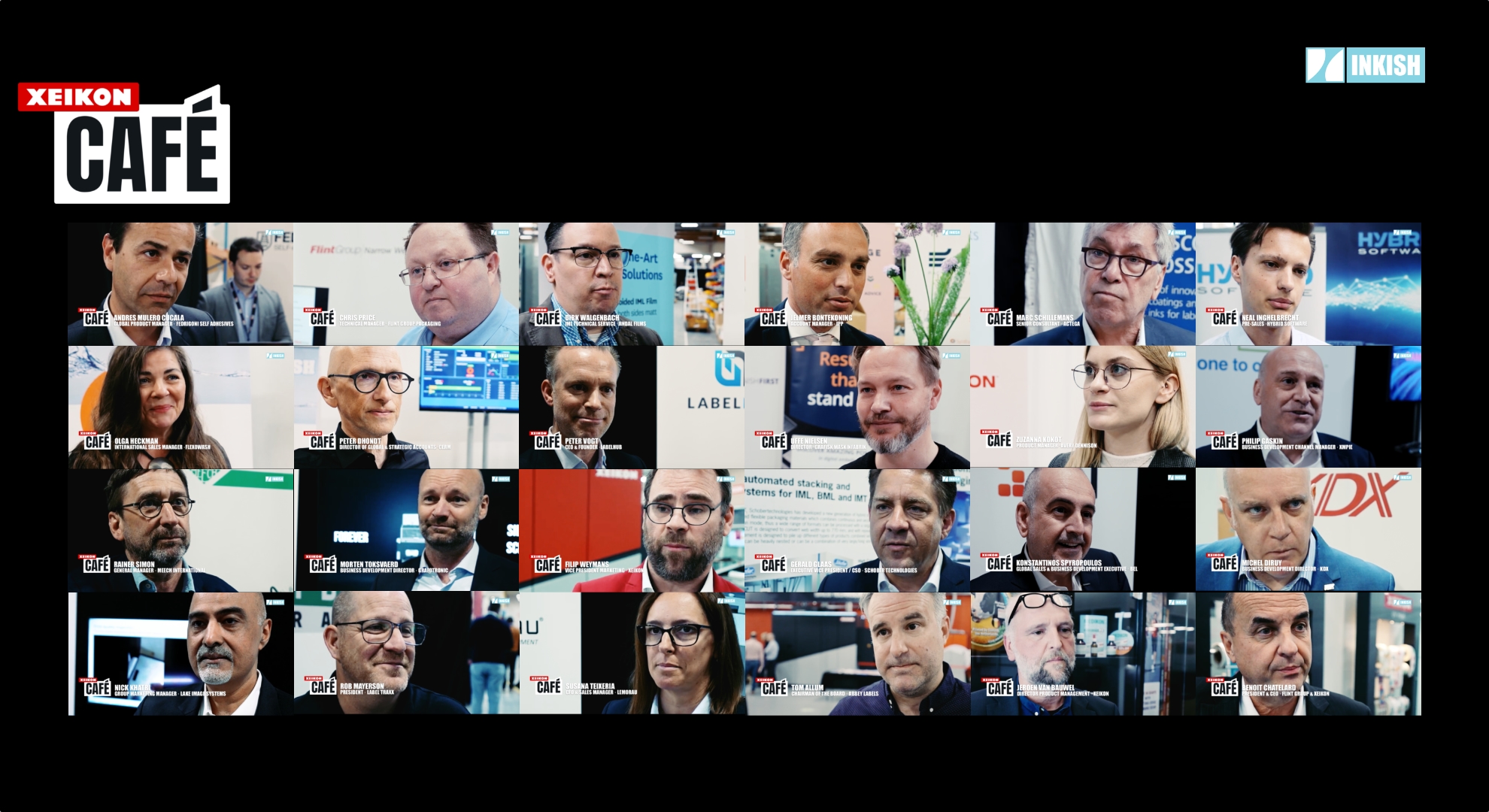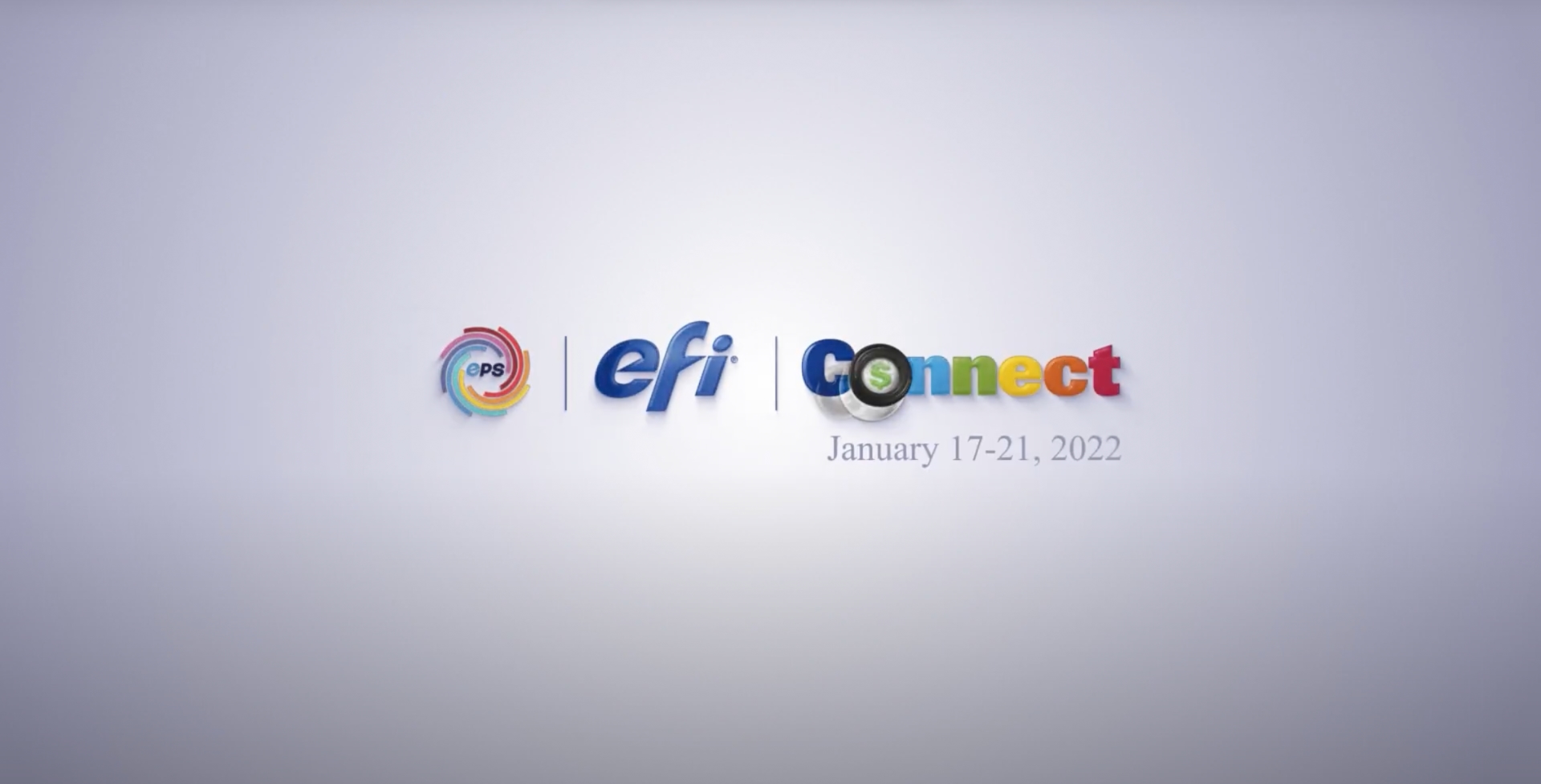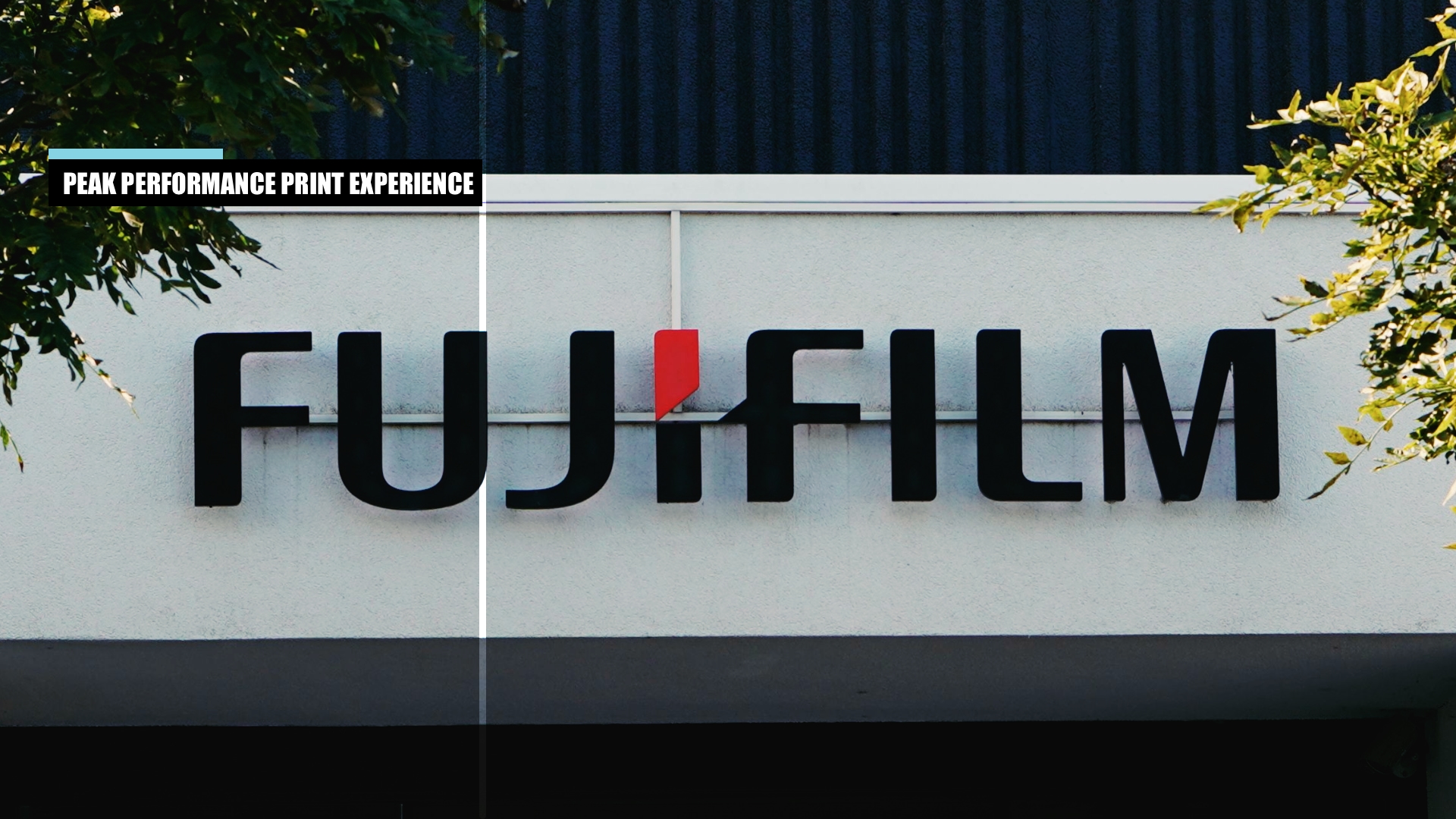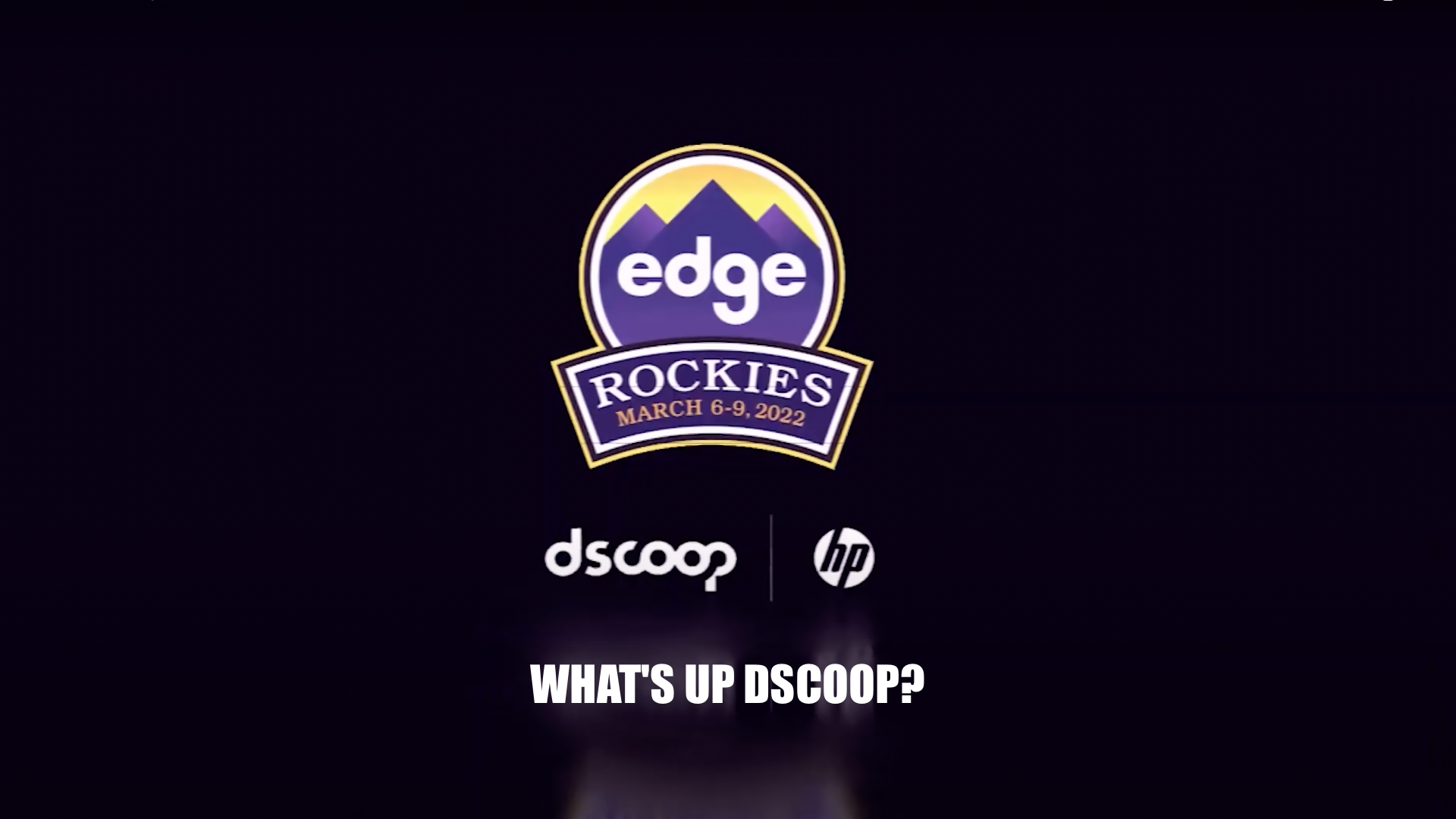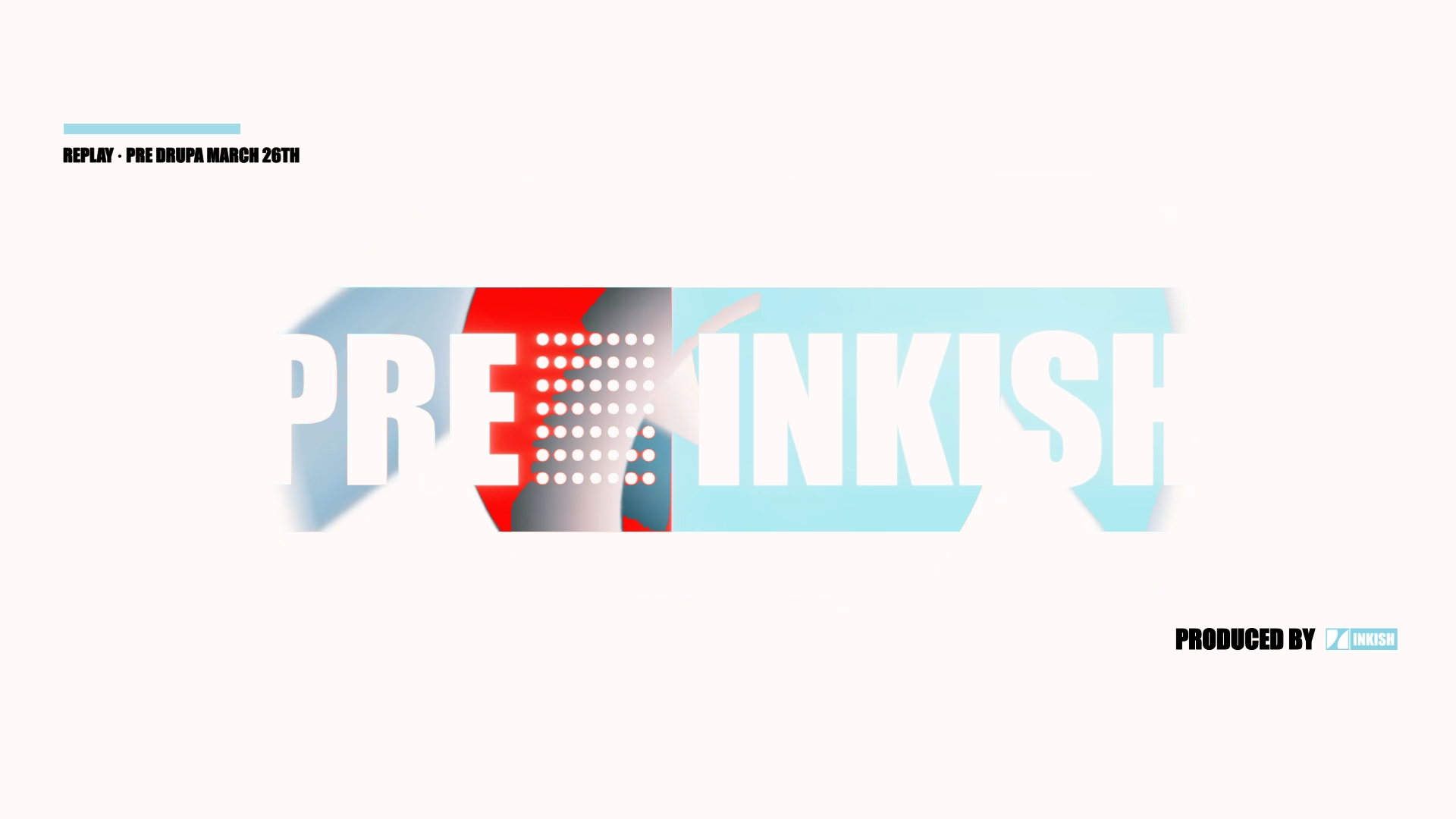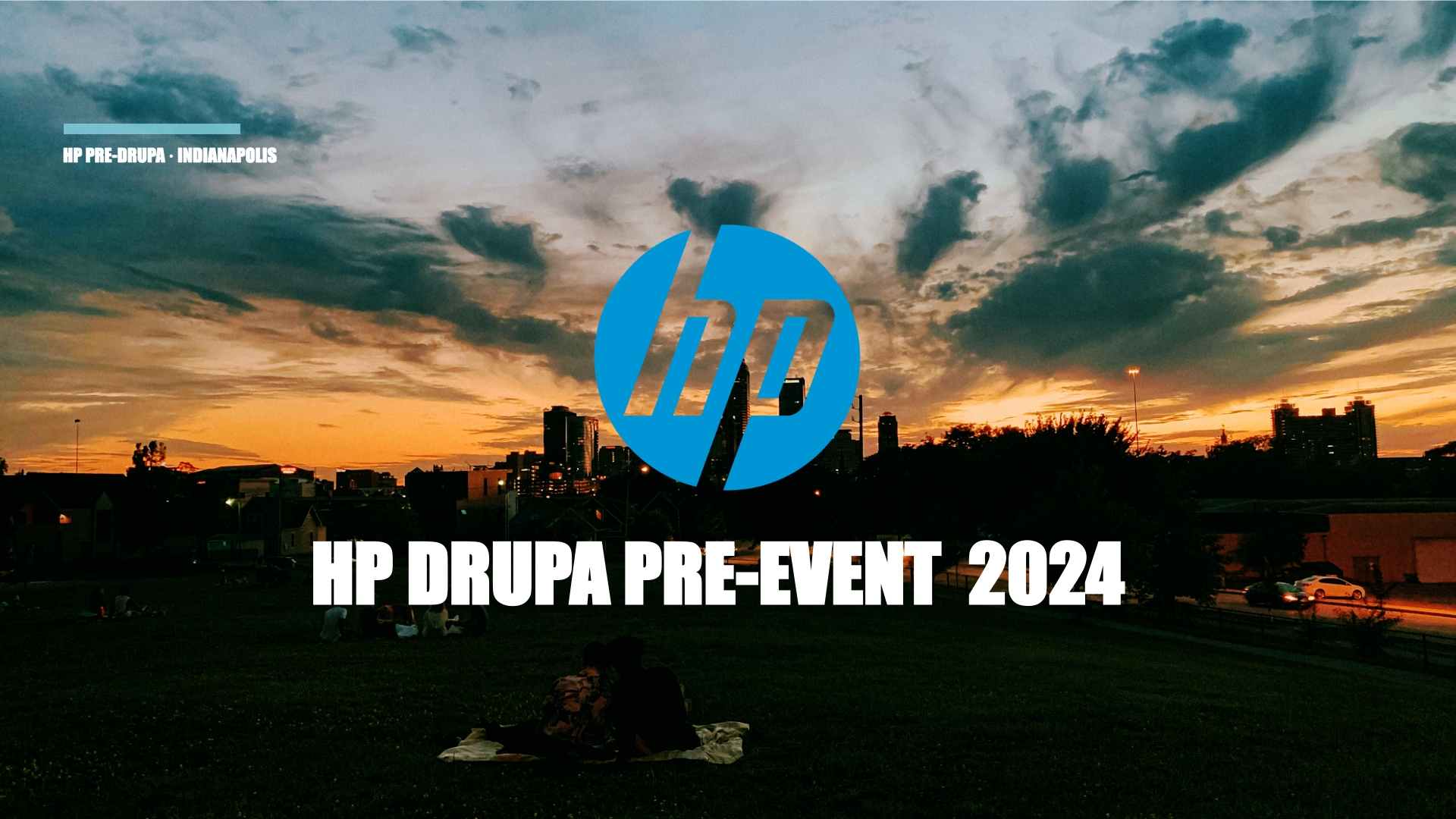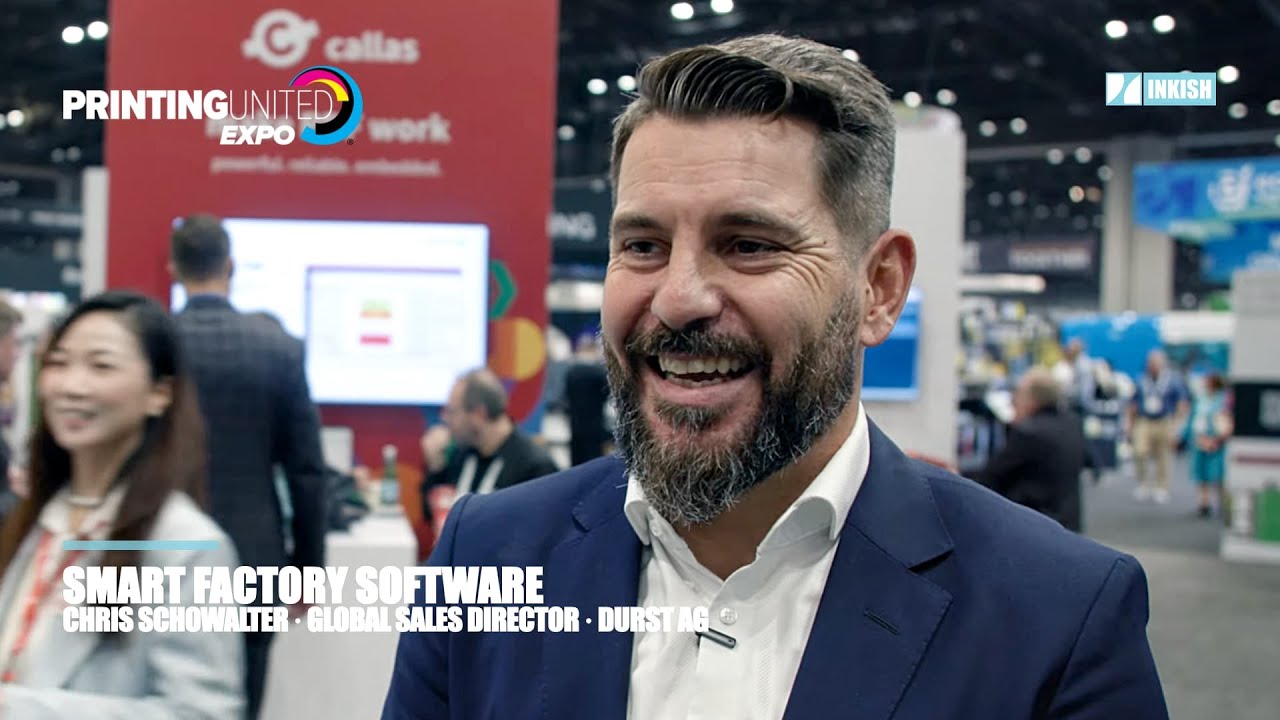Chris Schowalter · Global Sales Director Software · DURST AG · PRINTING United 2025
At Printing United Expo in Orlando, Morten B. Reitoft from INKISH spoke with Chris Schowalter from Durst about his first year with the company and how the software division has evolved under his leadership. Chris joined Durst about a year ago, after working at Fiery. “At last year’s Printing United, I was only four days into the job,” he said with a laugh. “Change is difficult. It’s not just about learning the products—it’s about understanding the people and how things work. But the Durst team has been incredibly welcoming. I actually sent a note on my flight here to thank my colleagues for how open they’ve been. I never had to position myself internally; they were ready to collaborate from day one.”
He explained that this openness has been a key factor in the progress the software division has made. “Of course, it’s a team effort, but I can say there’s a lot of me in what we’ve built this past year,” he said. “When I look around this booth, it’s not just a small software corner like you see with most hardware companies. We have our own large stand, a full team, and even a dedicated website that went live yesterday. It shows that Durst is serious about software as a core part of the business.”
Chris described how Durst’s approach to software is based on openness and interoperability. “Durst started by investing in companies like Callas and by committing to openness,” he said. “We’re working with other OEMs and even showing that on the floor here. People were surprised to see an HP printer at a Durst booth, but that was deliberate. It’s our way of saying we’re open, we’re connected, and we mean it.”
When asked if it had been a challenge to convince the organization to support this approach, Chris said he had expected internal resistance but was surprised by the support. “I thought it would be a tough conversation,” he said. “But there were open doors everywhere. The mindset was, ‘If this is what we want to do, let’s do it and mean it.’ That’s how Durst works—there’s no nonsense, just action.”
He went on to describe the Open Software Initiative and how it ties into the company’s Smart Factory ecosystem. “We’ve built easy-to-understand packages that offer maximum functionality,” he said. “We didn’t want overly complex pricing or endless options. For example, Smart Shop and Lift—our web-to-print and ERP solutions—are sold directly because they involve long integration projects. But our new products, Prepare and Produce, are channel-ready and easy to implement. That’s what we’re launching here at the show.”
Chris also spoke about the acquisition of Callas and how that strengthens Durst’s capabilities in PDF handling and automation. “We’ve brought in some fantastic people from Callas, and it’s expanding what we can offer,” he said. “When you look at the market, you see many third-party integration platforms like Cocco and Atomyx. We’re not trying to replace them; we’re embracing them. We have extremely powerful APIs across our products, and if a customer wants to integrate with Cocco, for instance, we support that. In fact, Cocco is here at our booth because we see them as a partner, not a competitor.”
He emphasized that the goal is to make software integration easier, not more confusing. “We lead with value, not limitation,” Chris said. “We don’t tell customers they have to buy everything from us. They can choose what fits their needs. But once they see how well the modules connect, it often makes sense to use more of them. The key is flexibility.”
Reflecting on the journey so far, Chris smiled. “This is just the first step,” he said. “It’s been a year of preparation, and now the real work begins. That’s the fun part.”
Morten thanked him for the conversation, noting how the openness and innovation on display reflected Durst’s evolution from a printer manufacturer to a complete technology company. Chris nodded. “Exactly,” he said. “That’s what makes this so exciting.”
